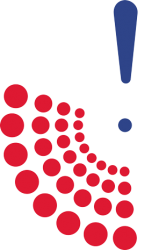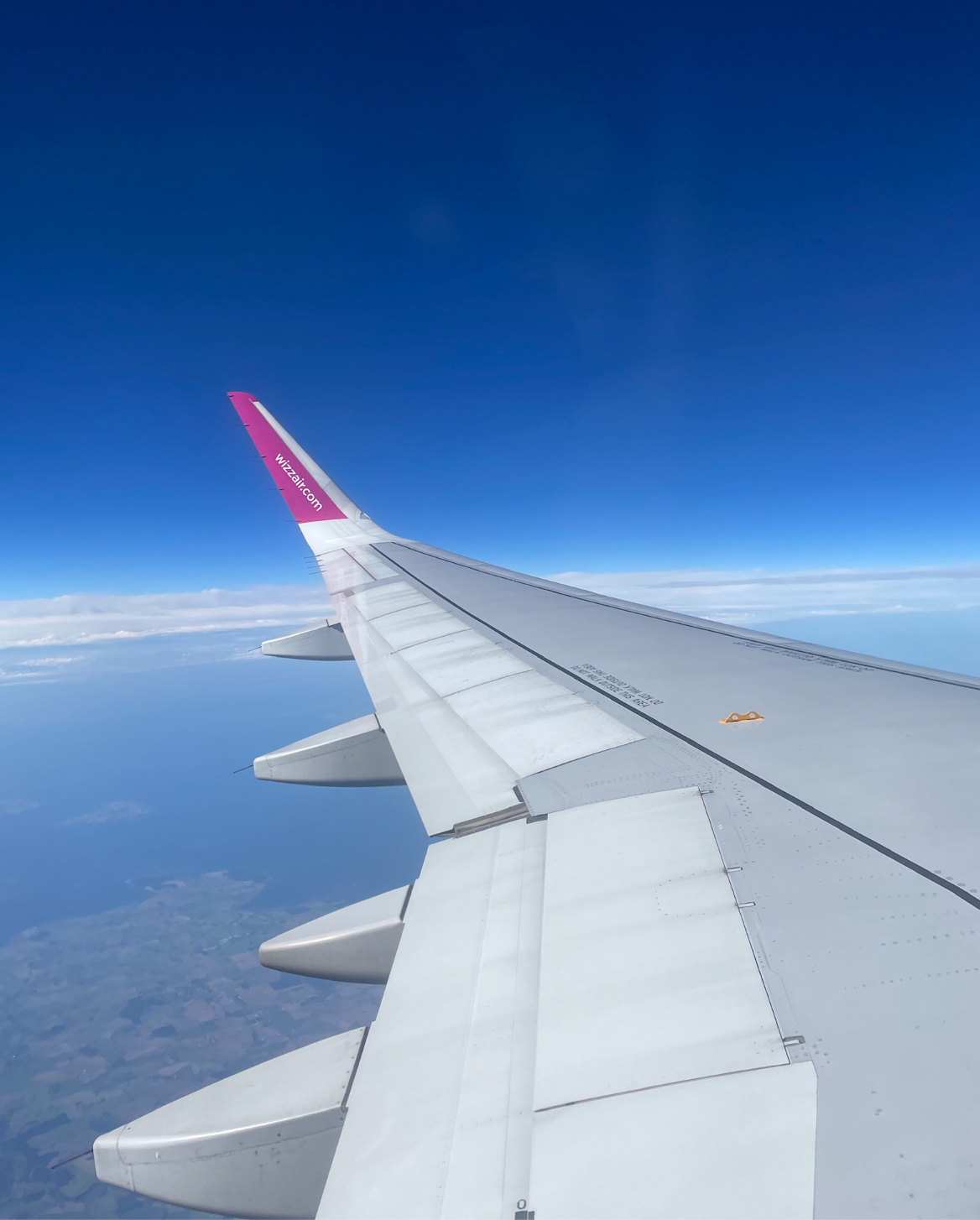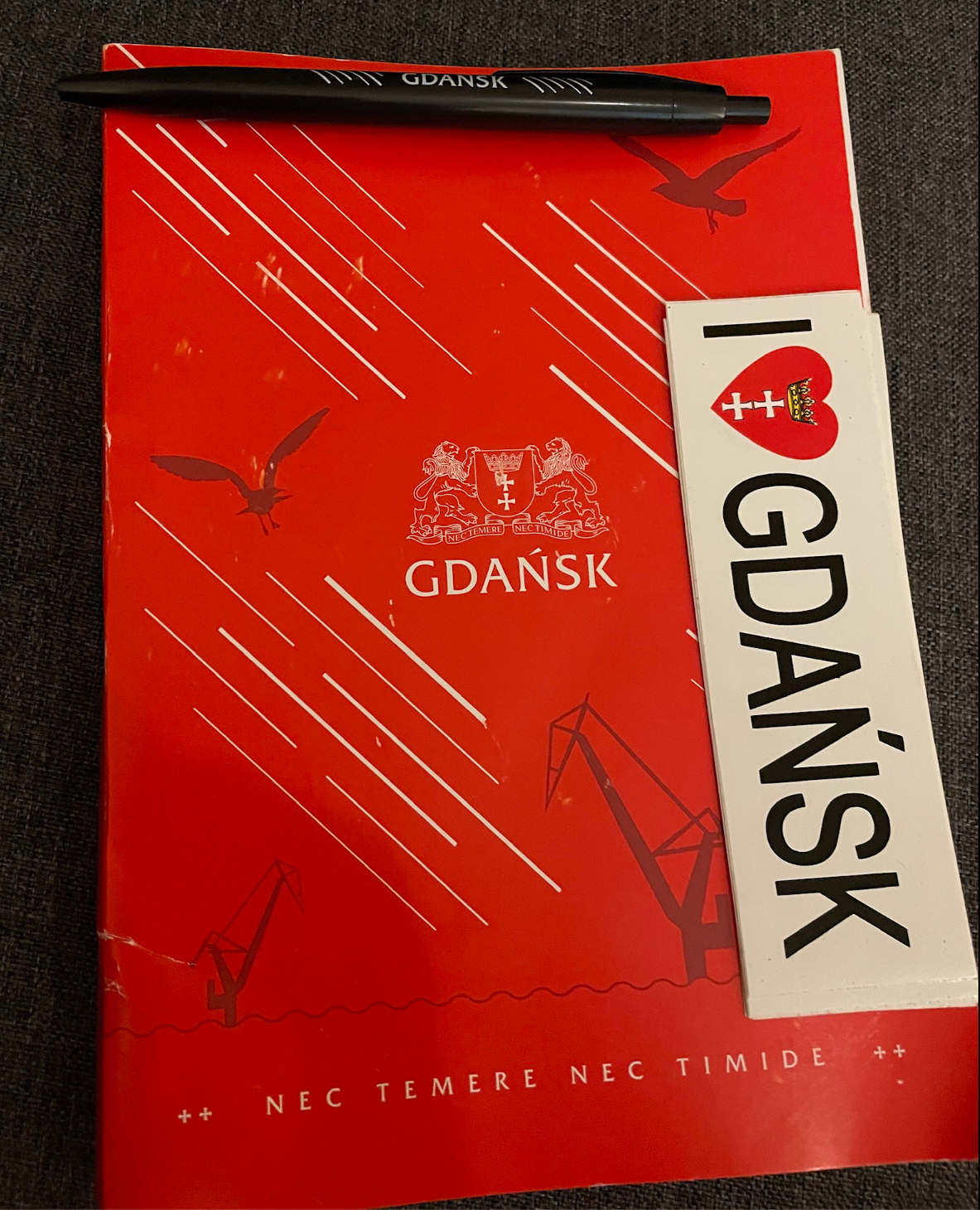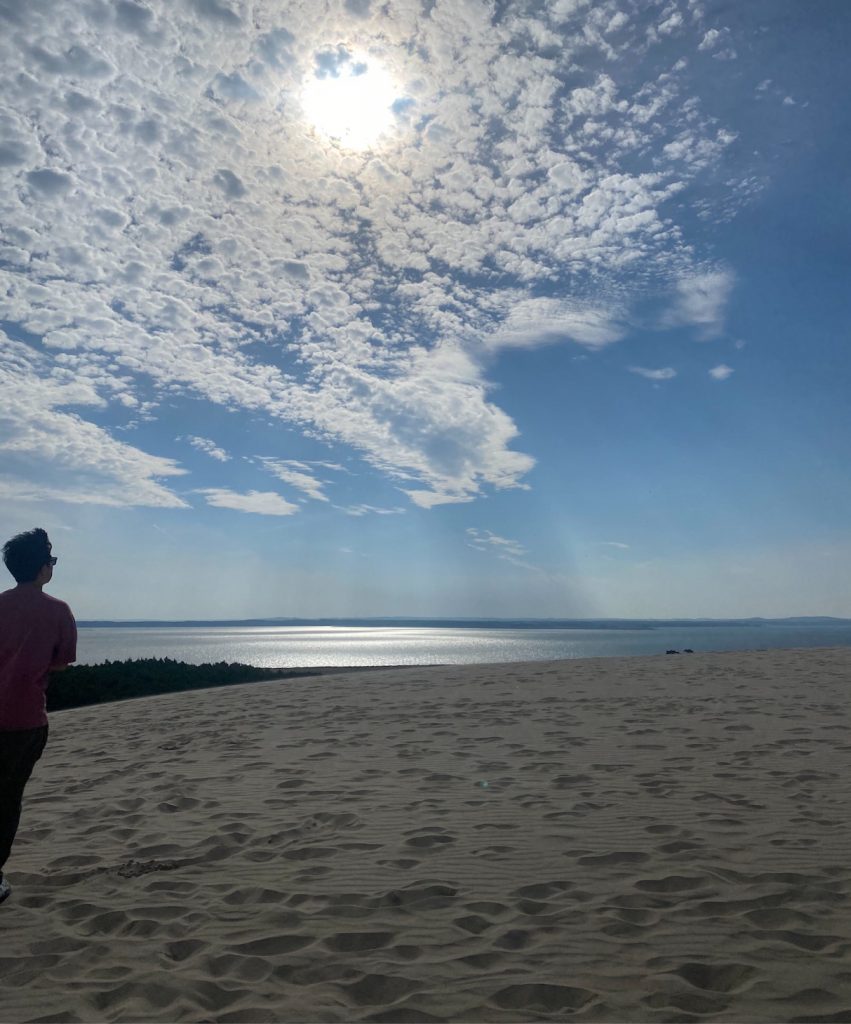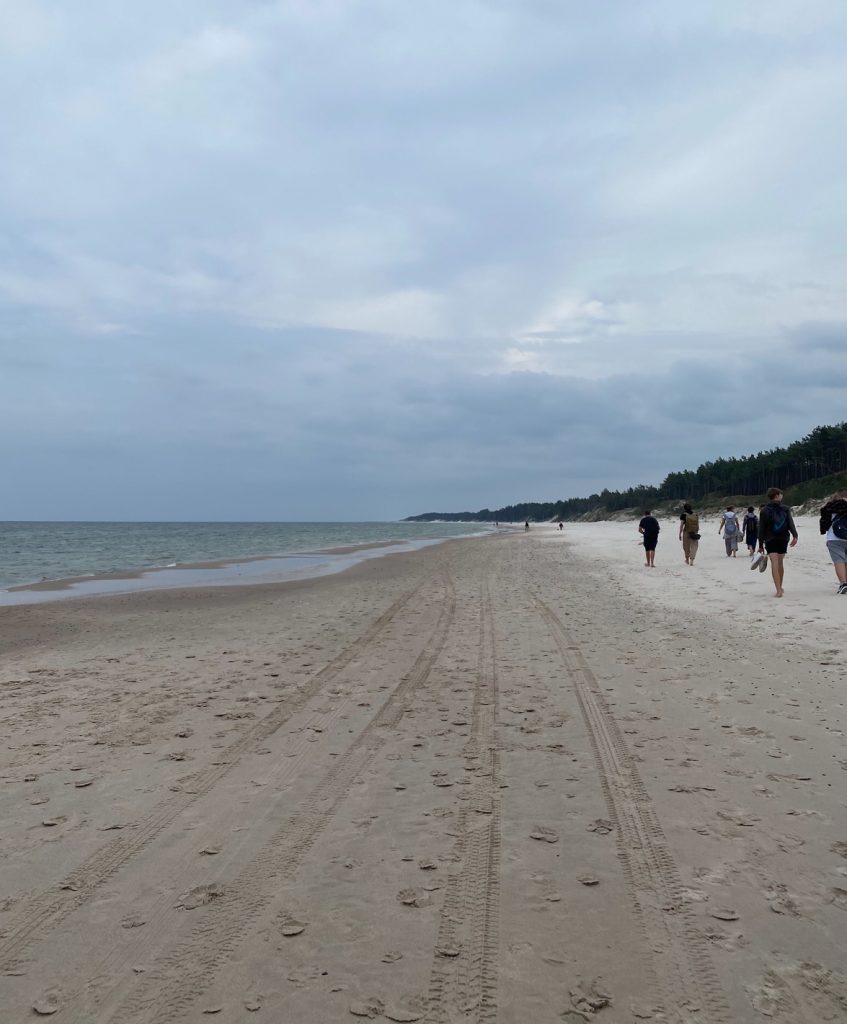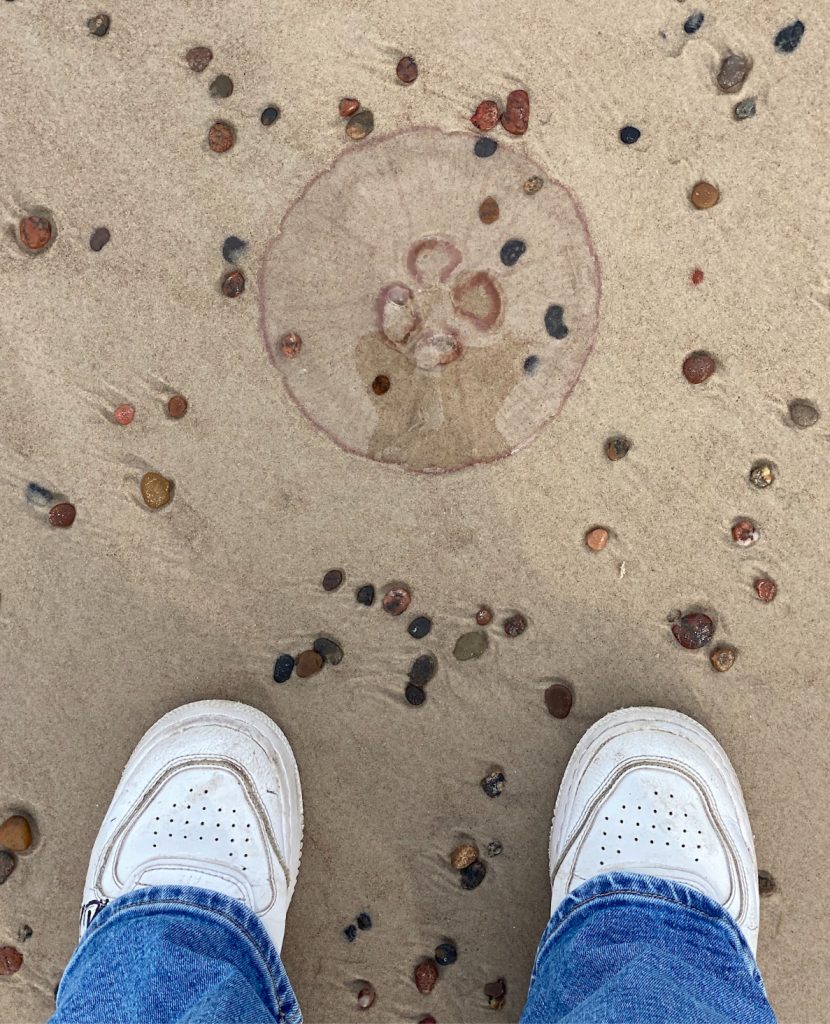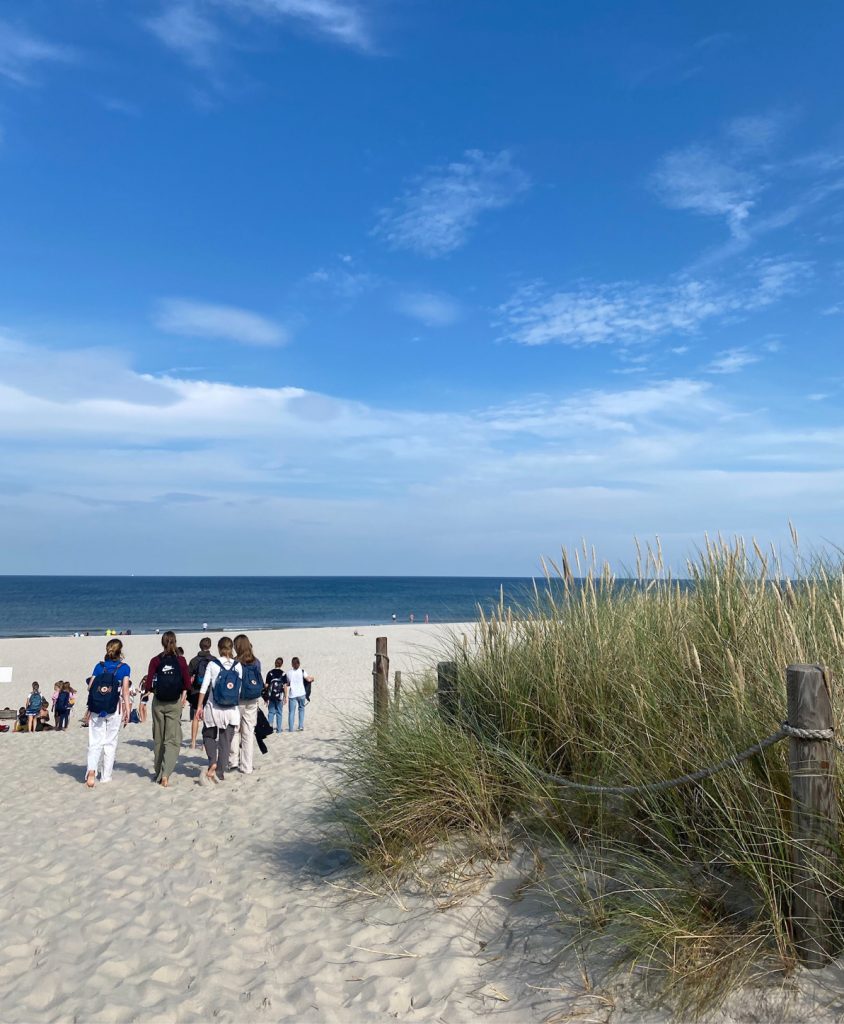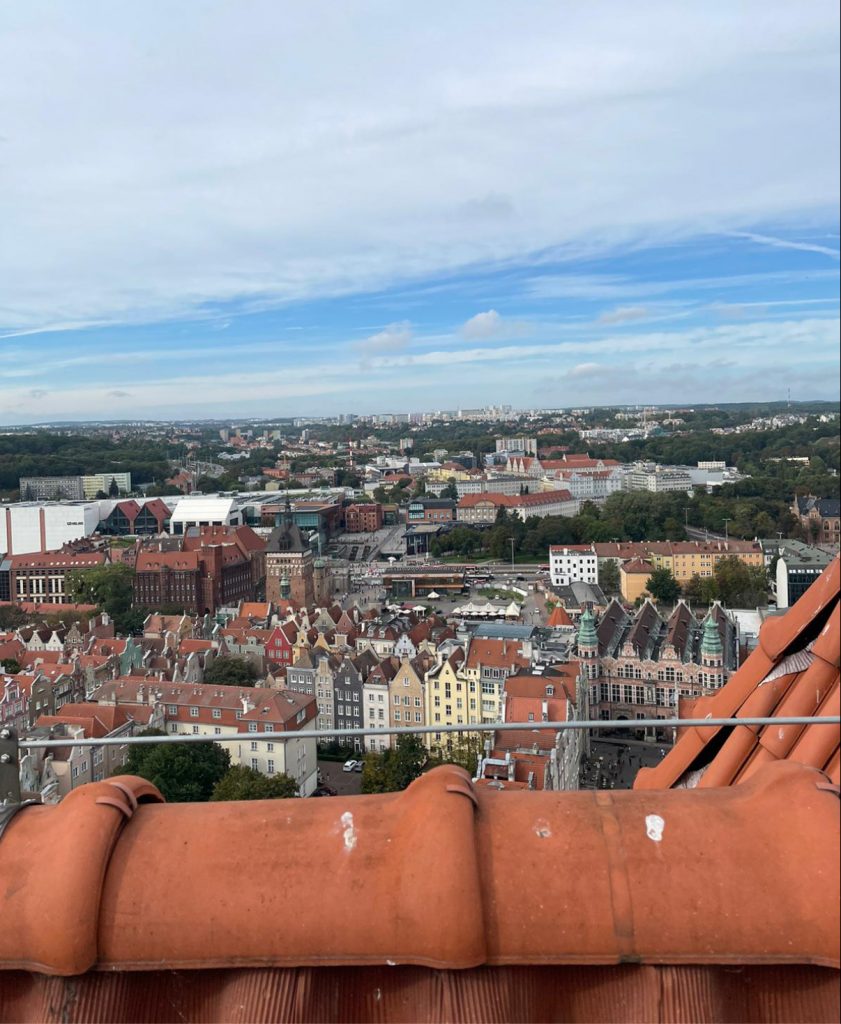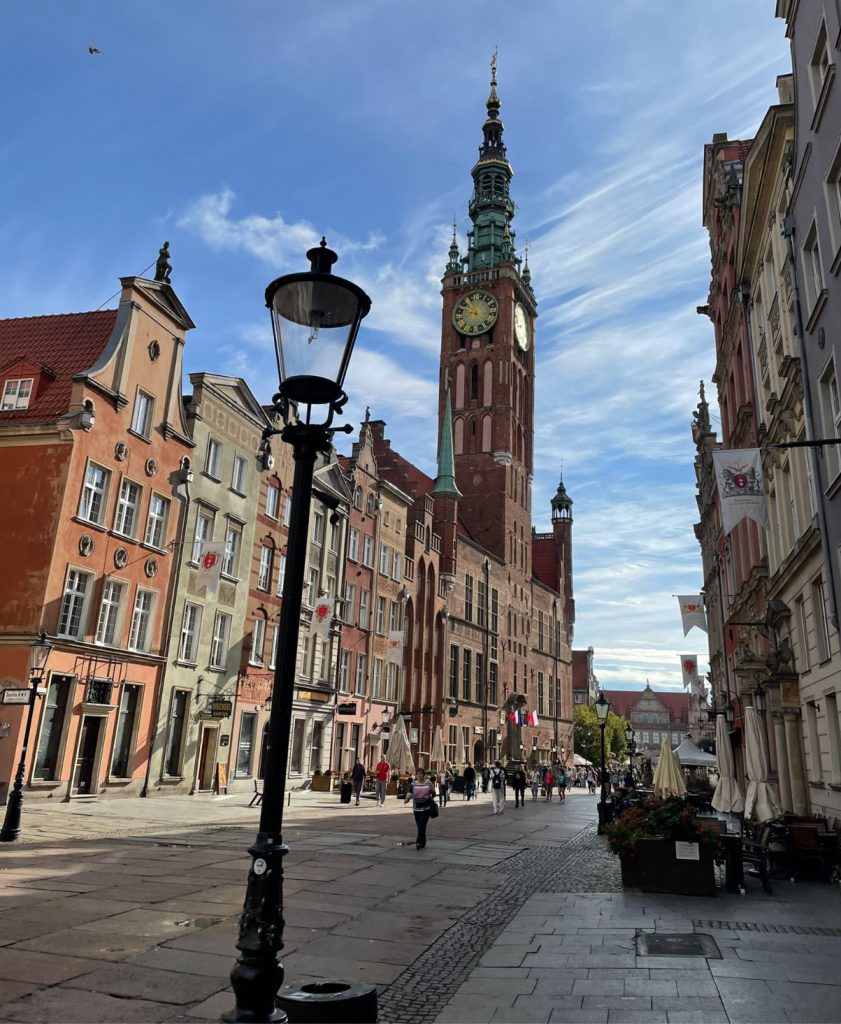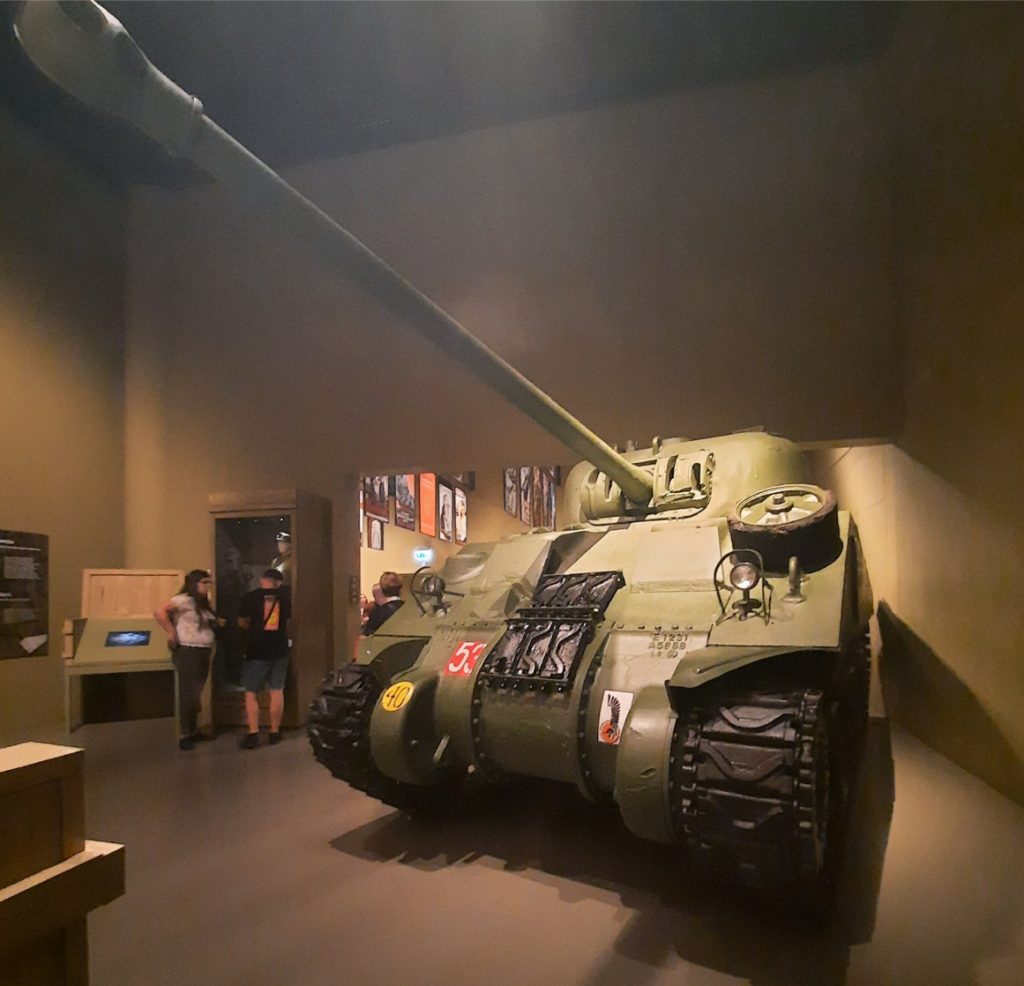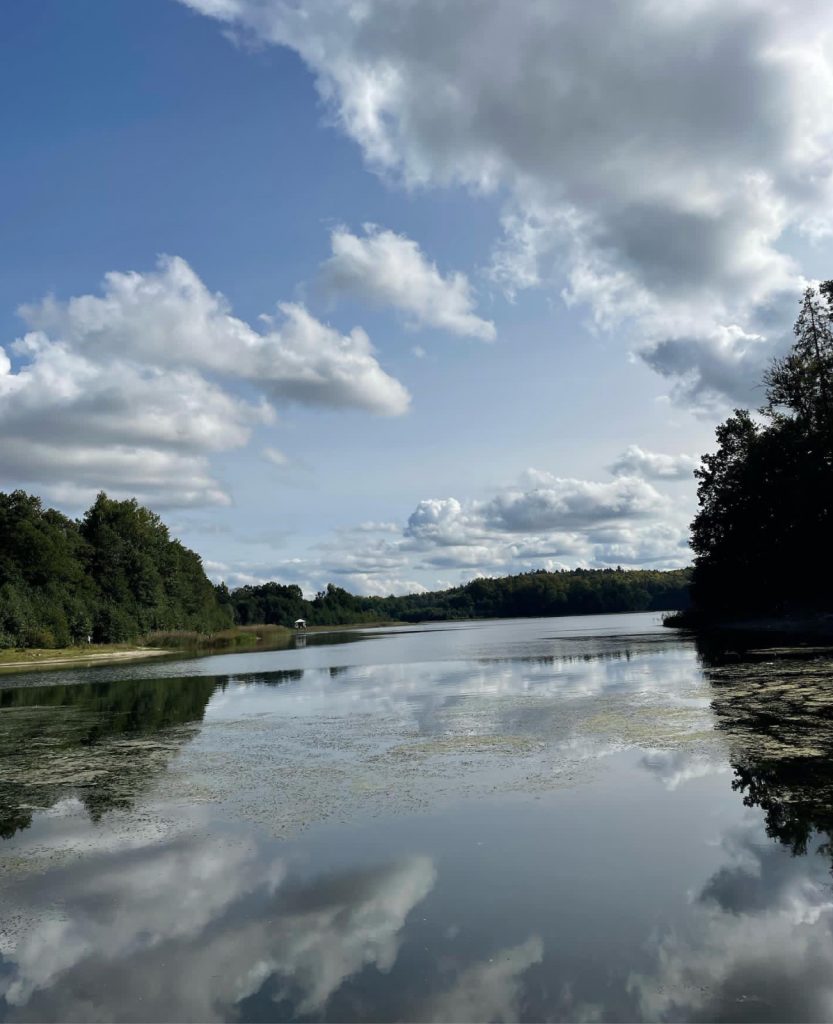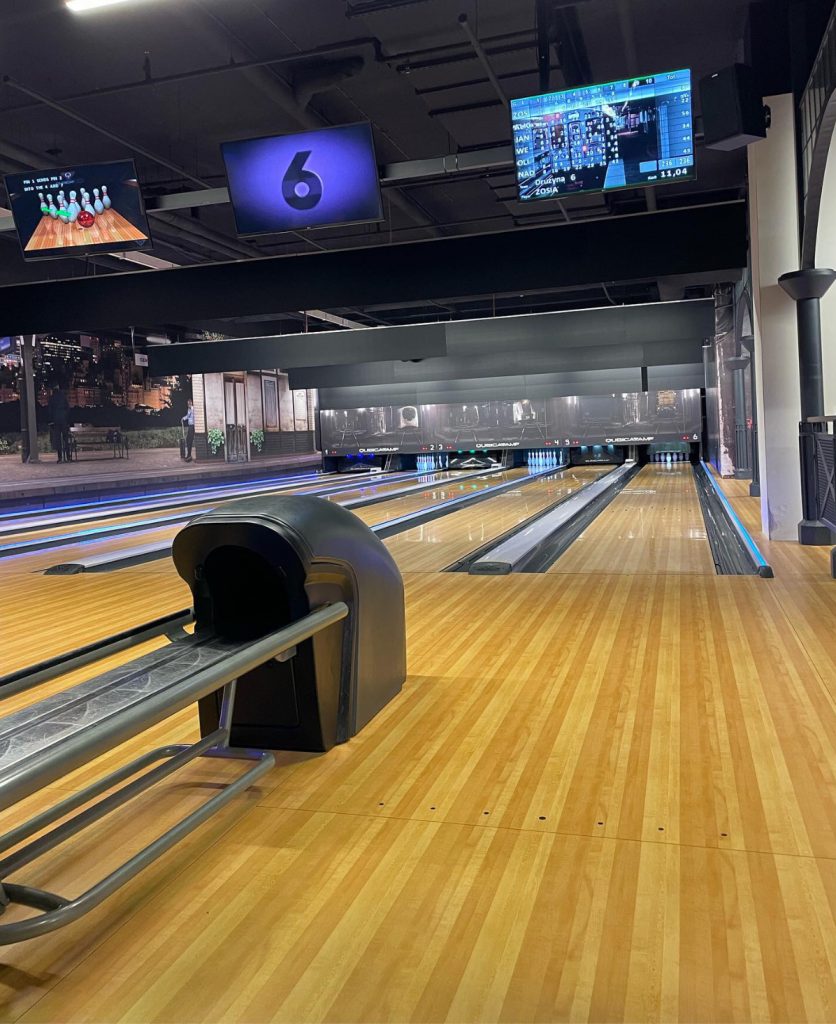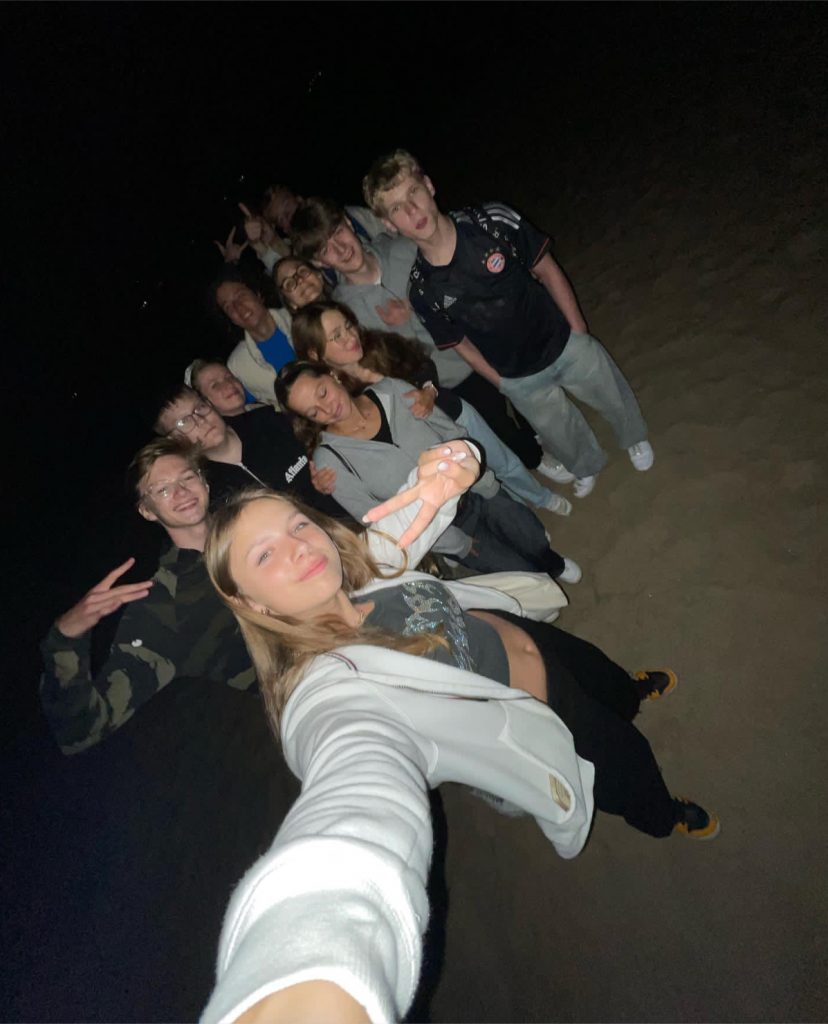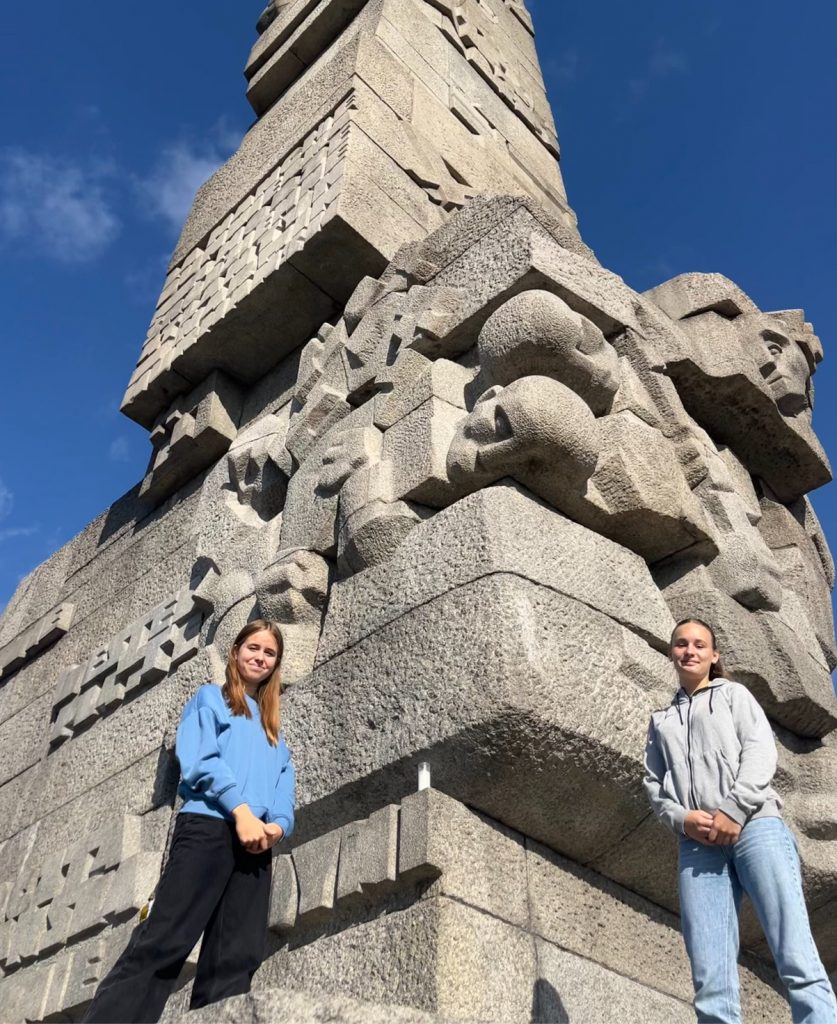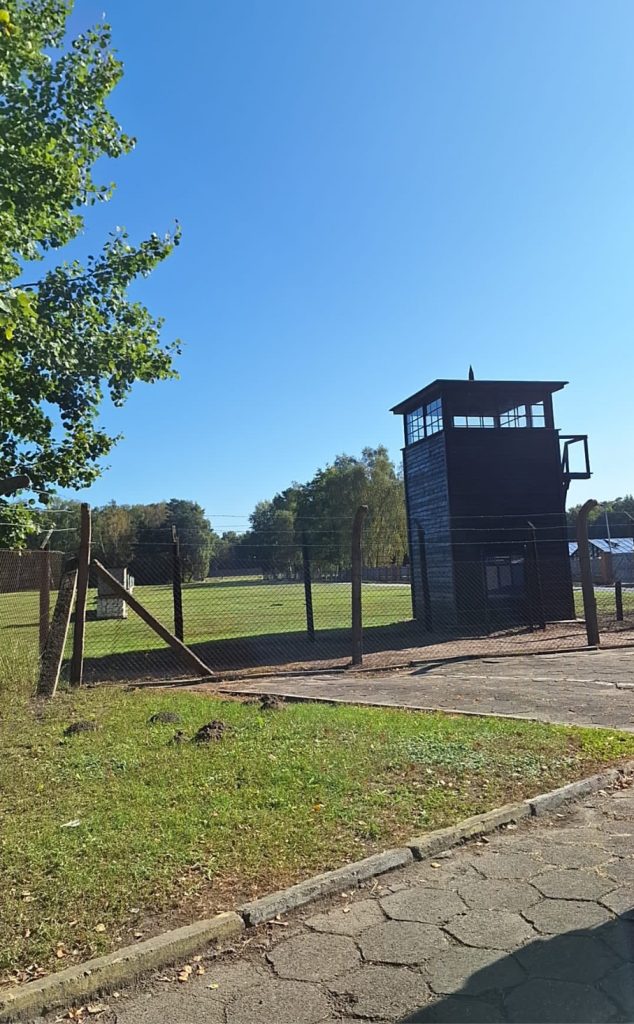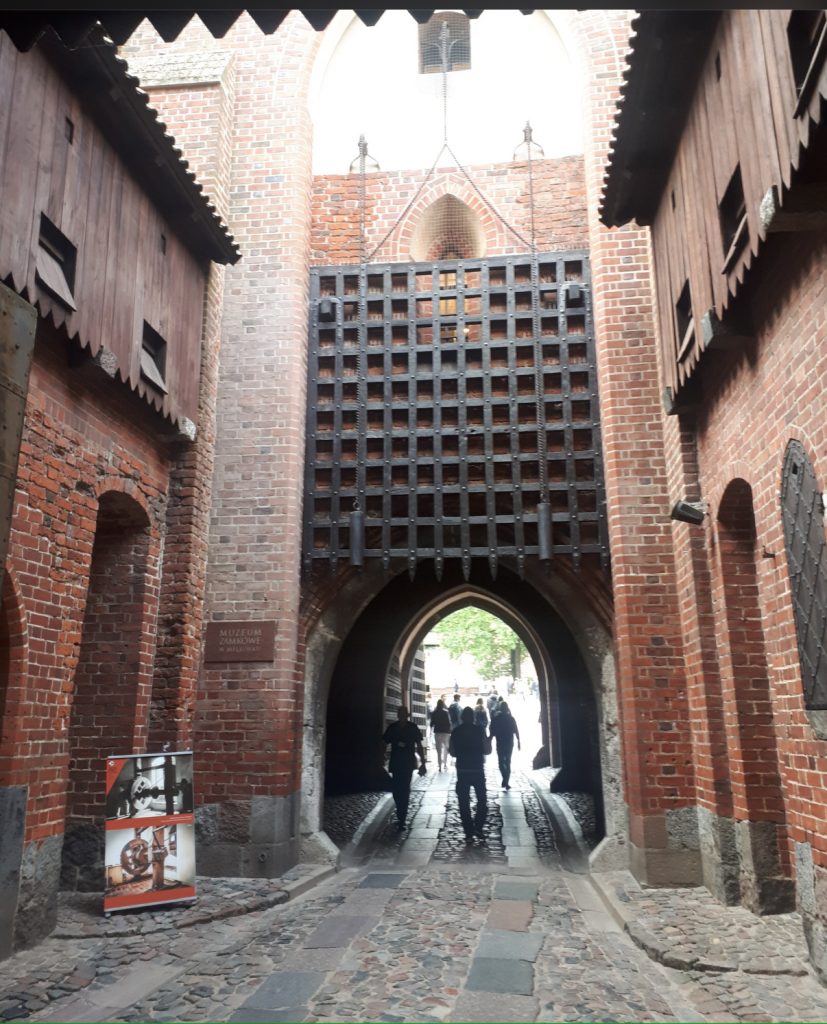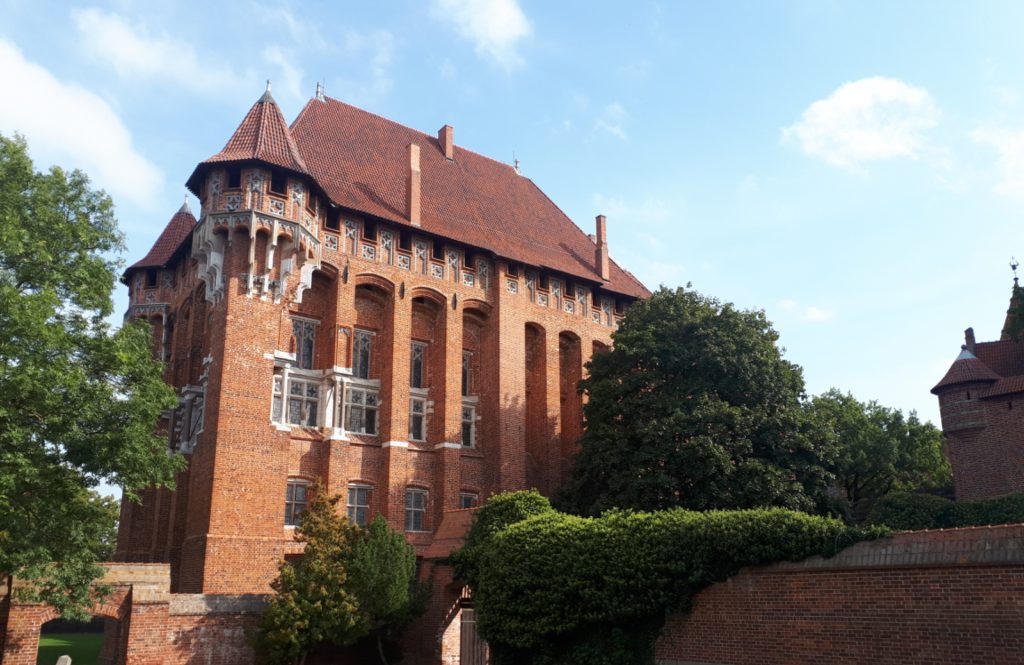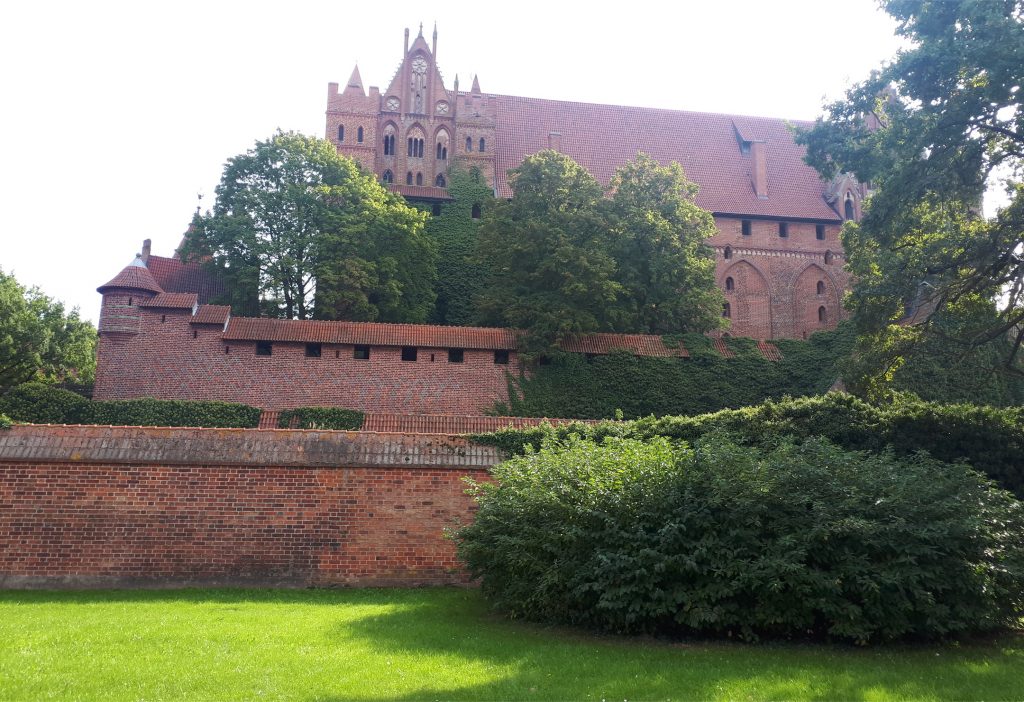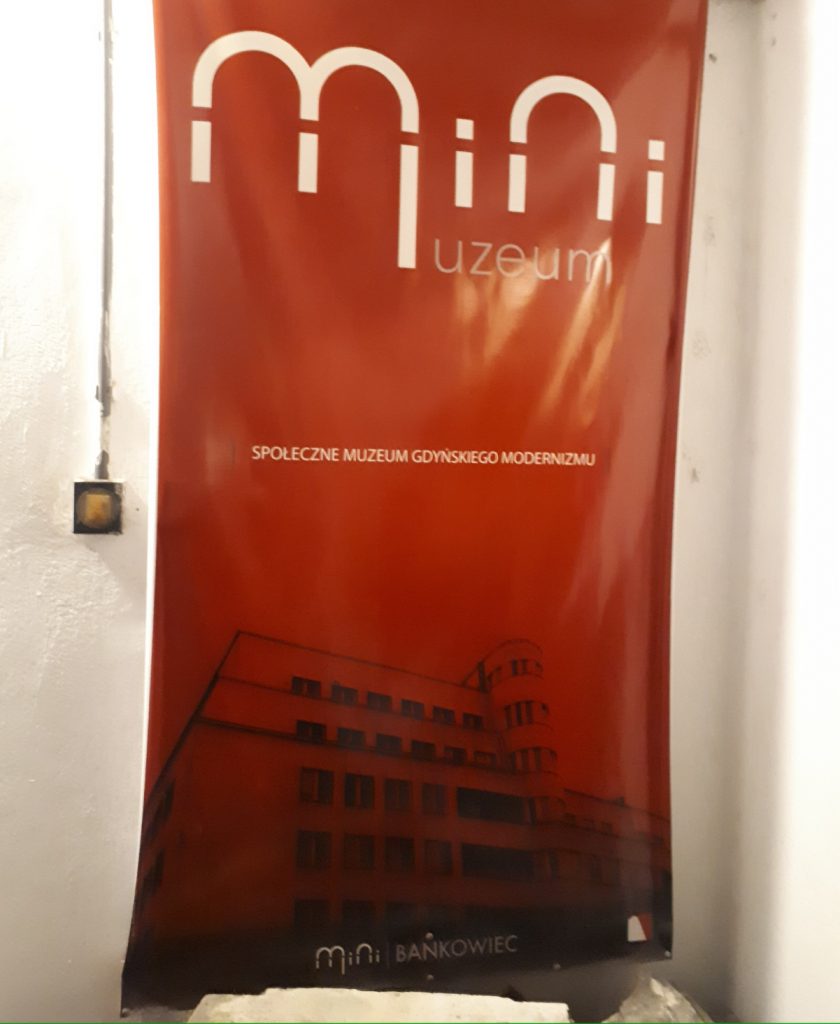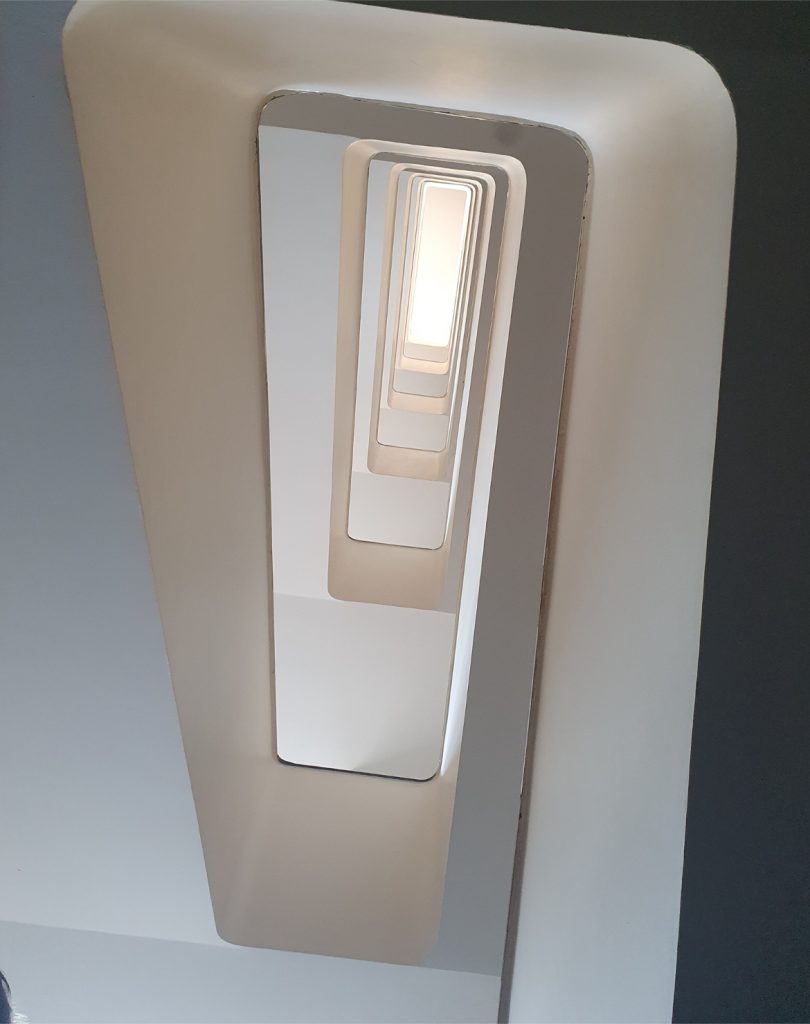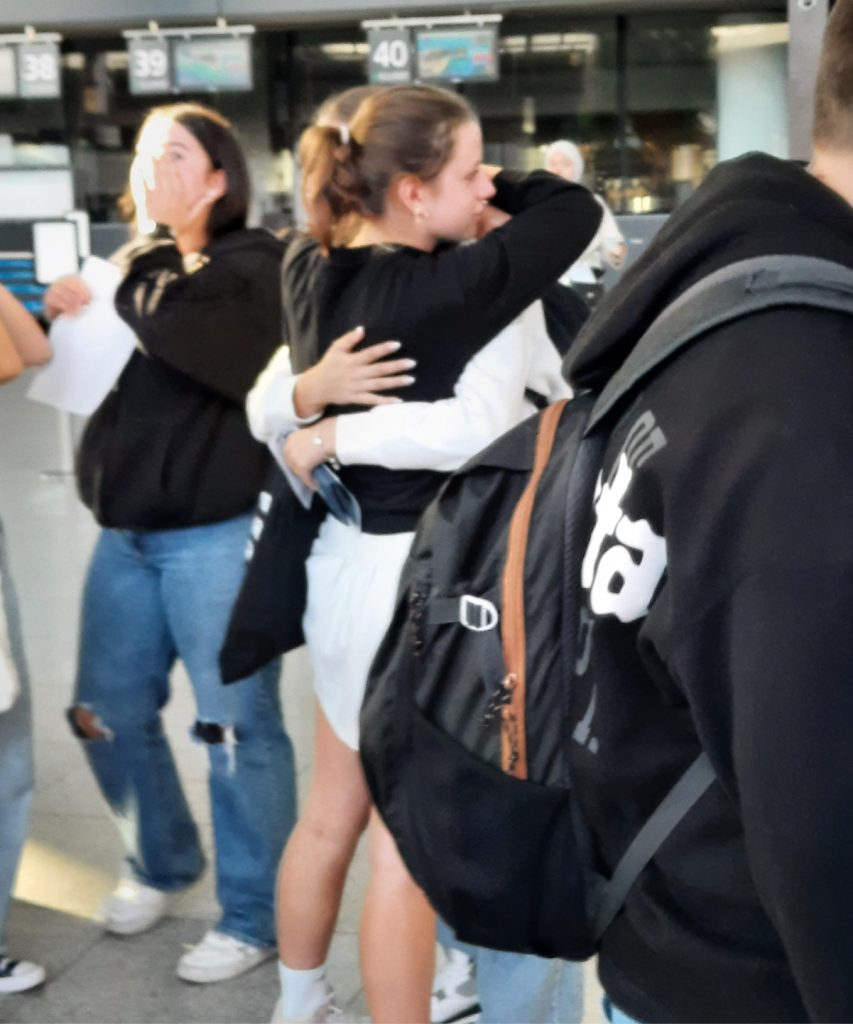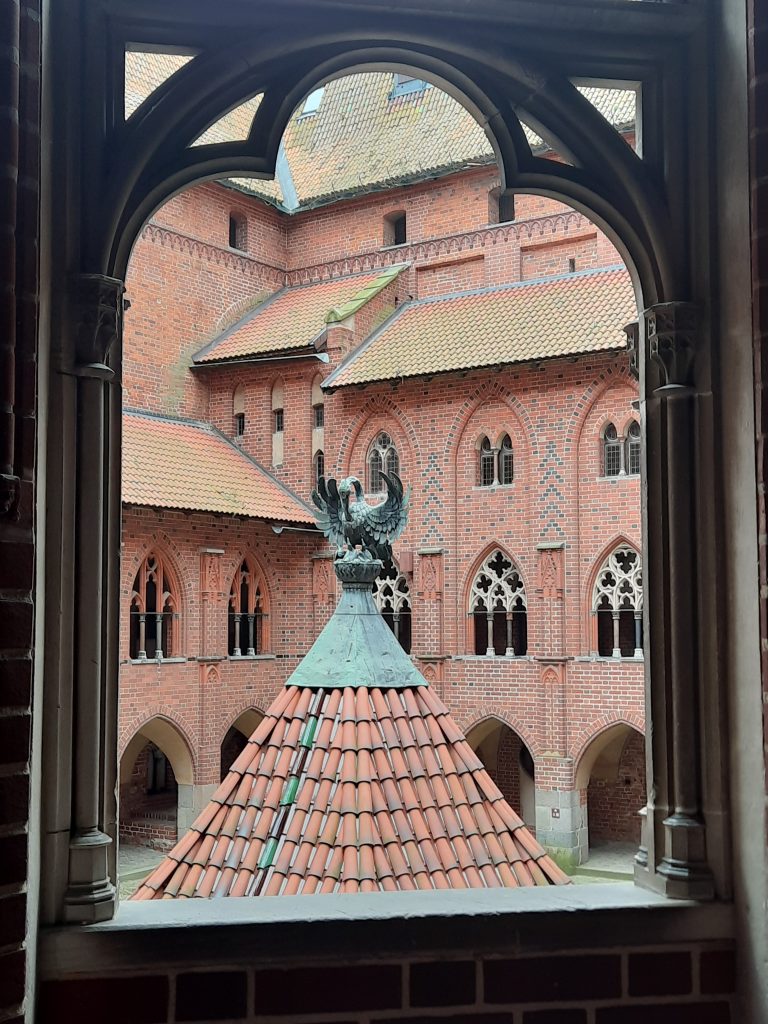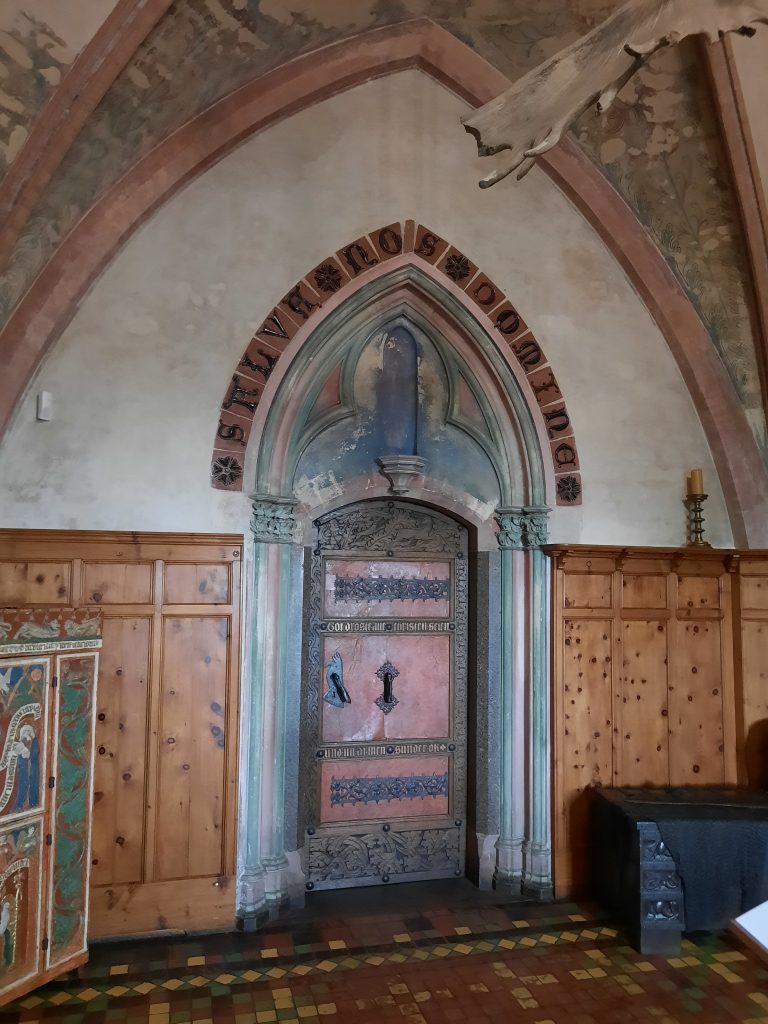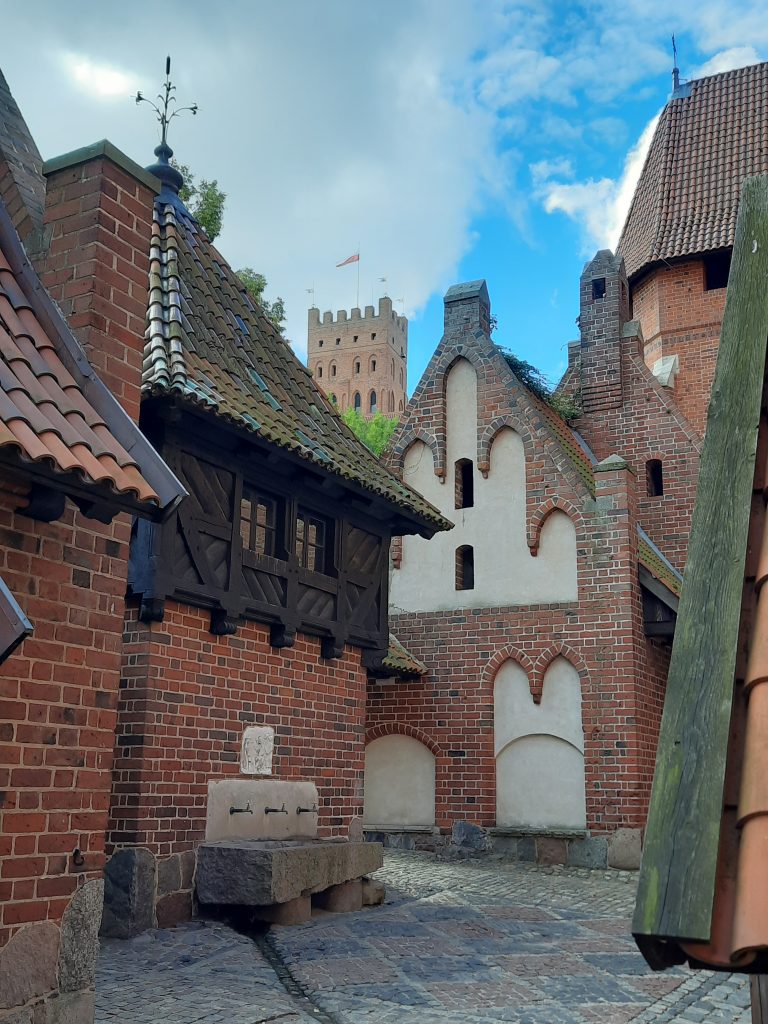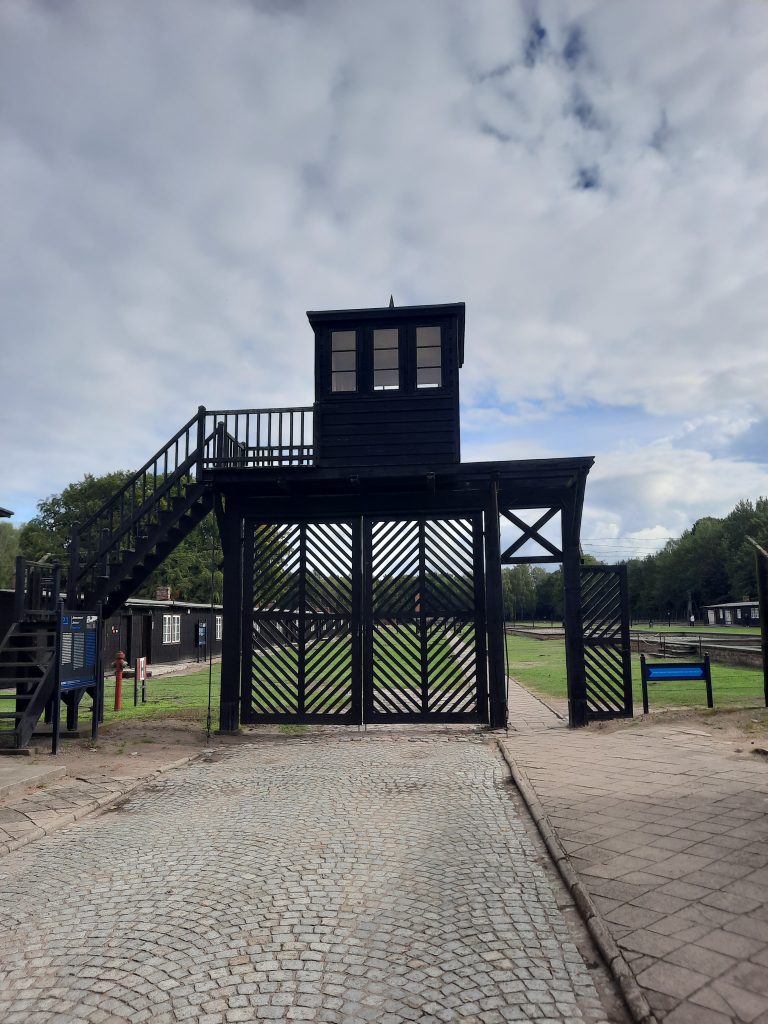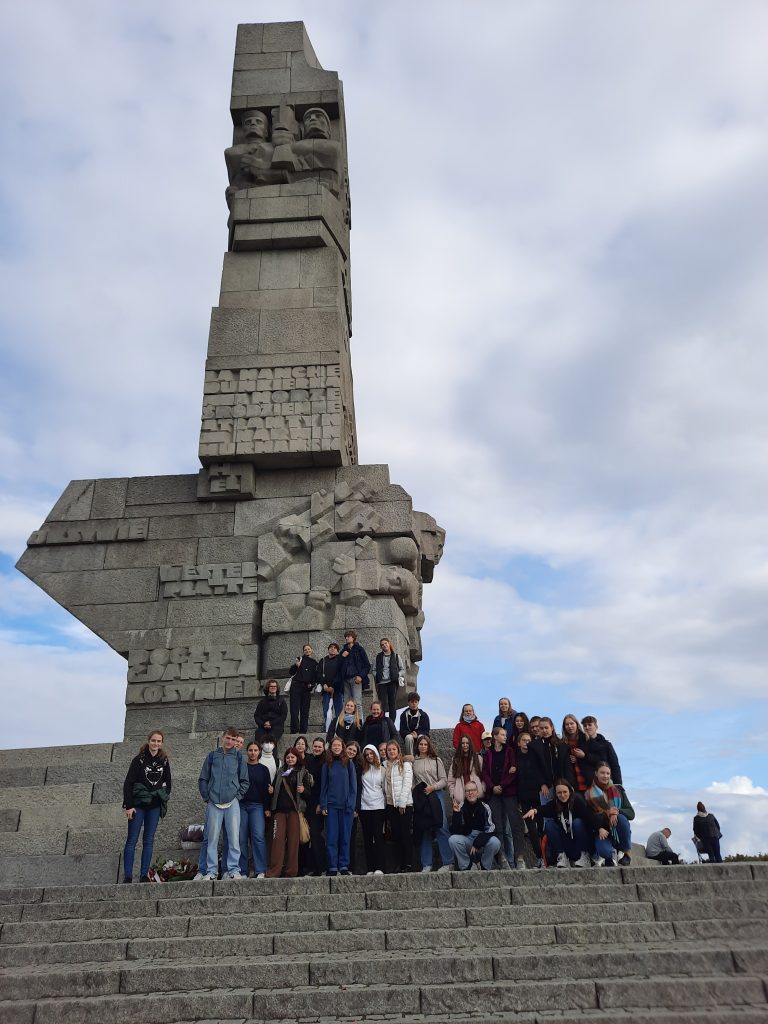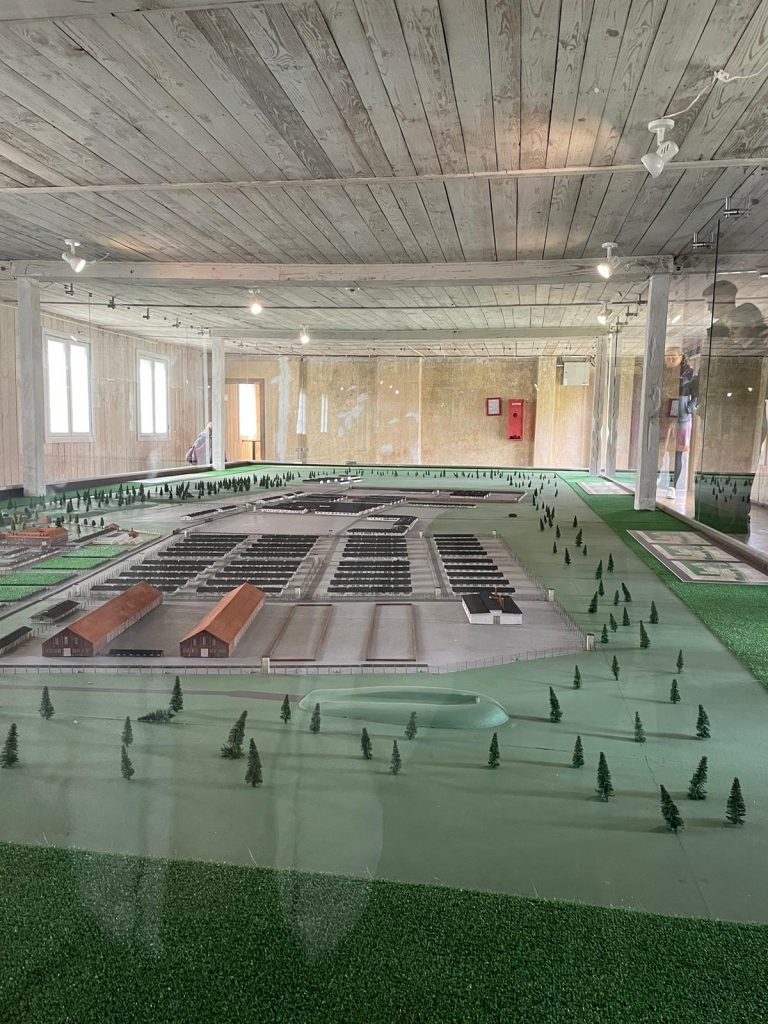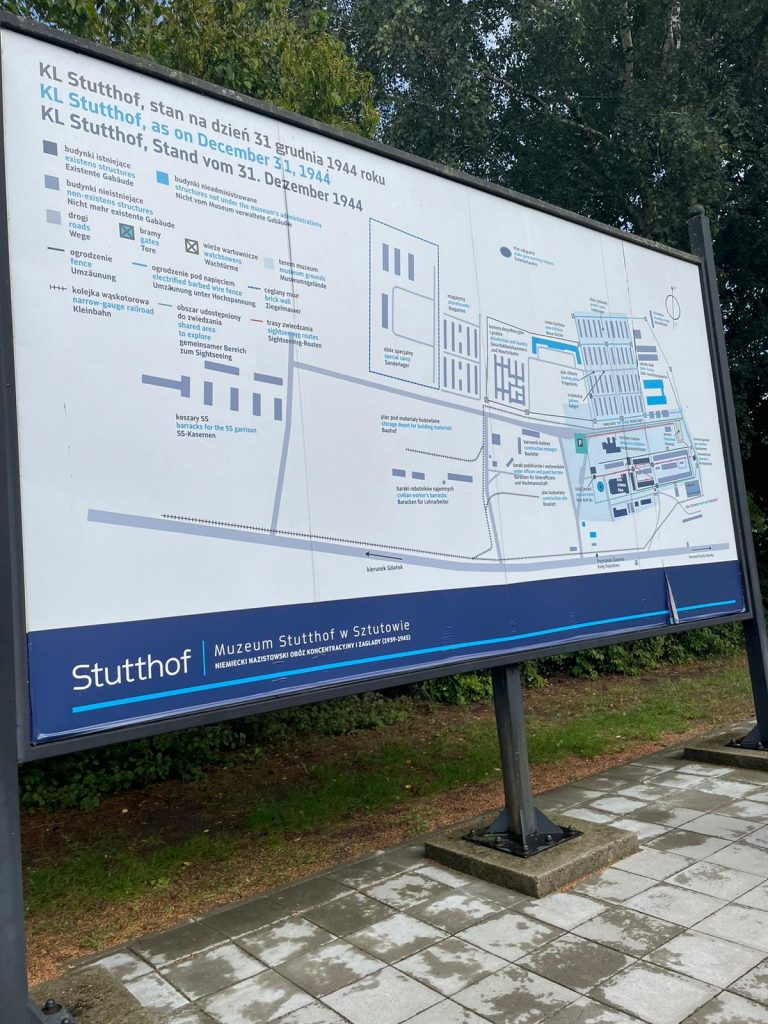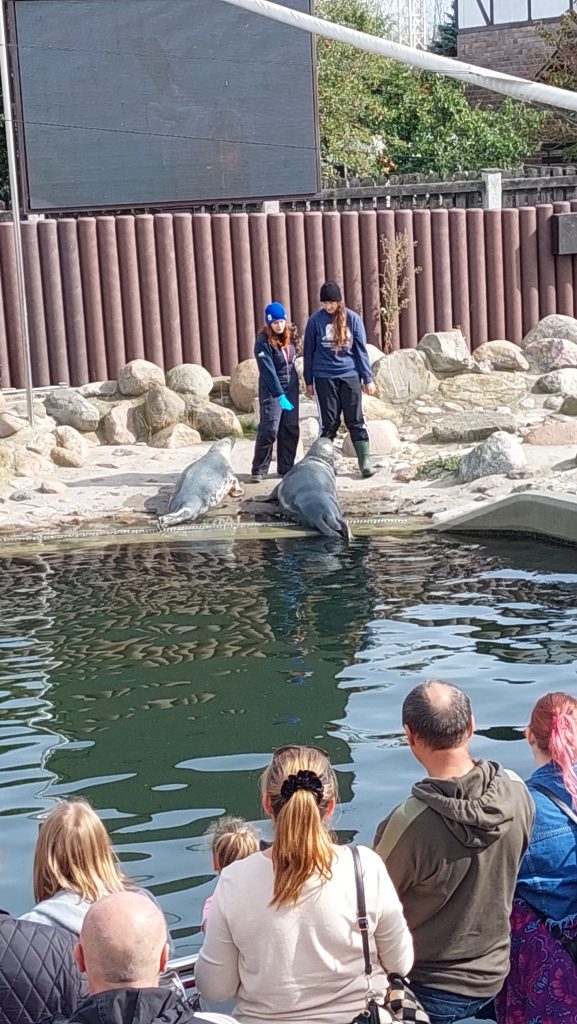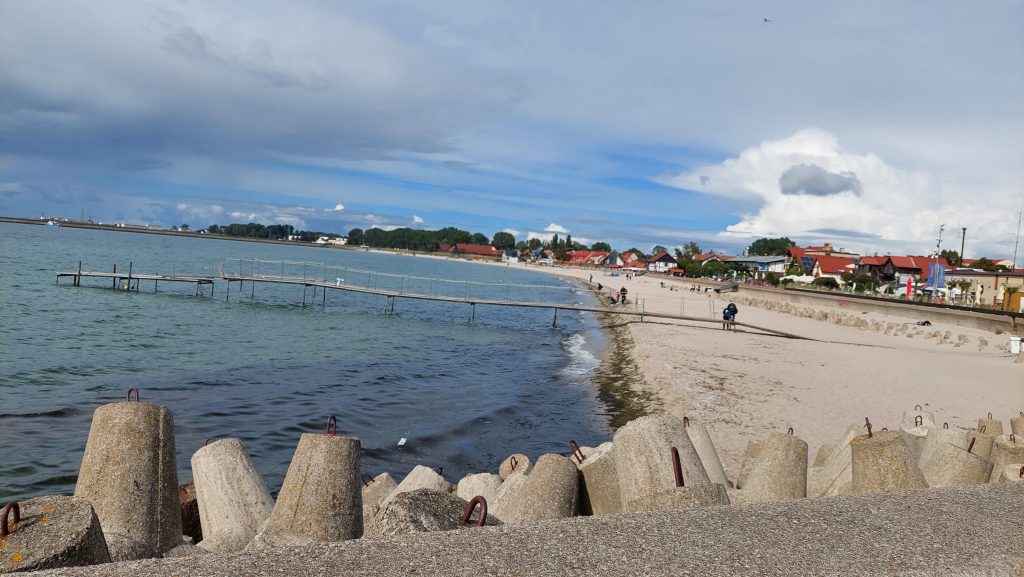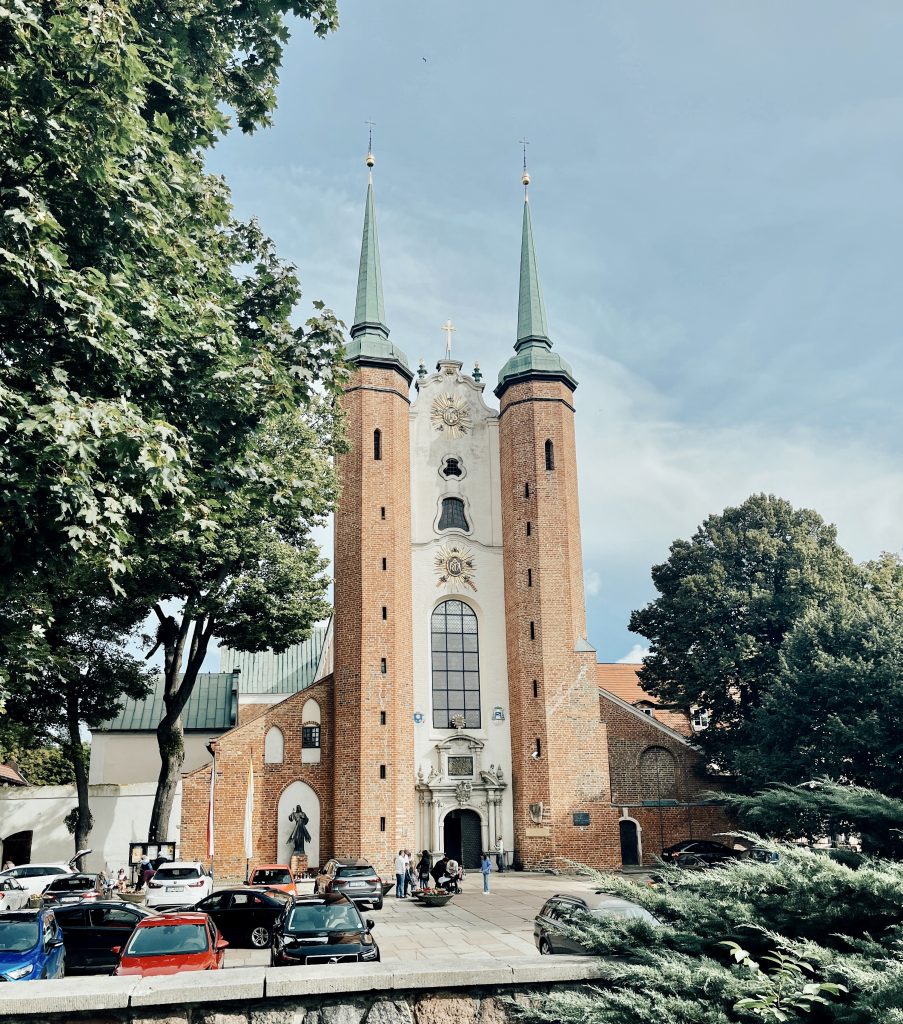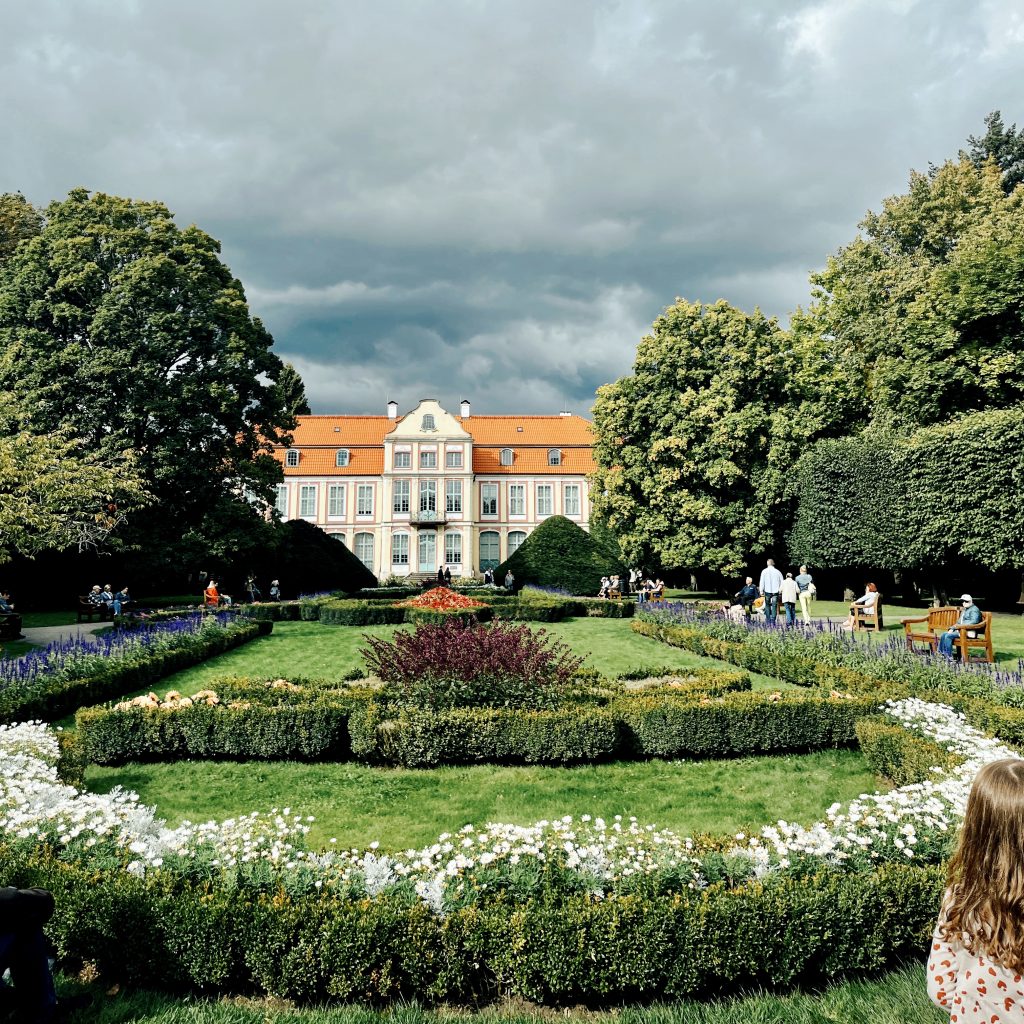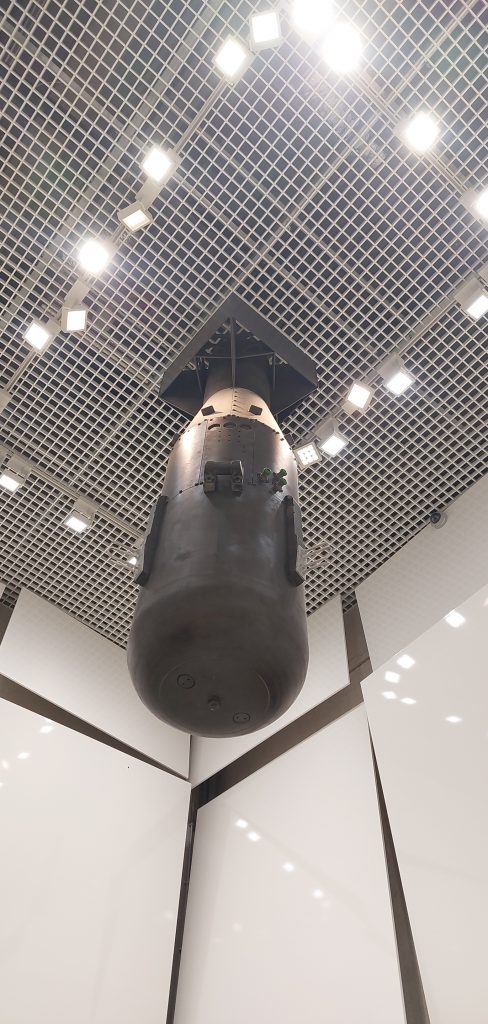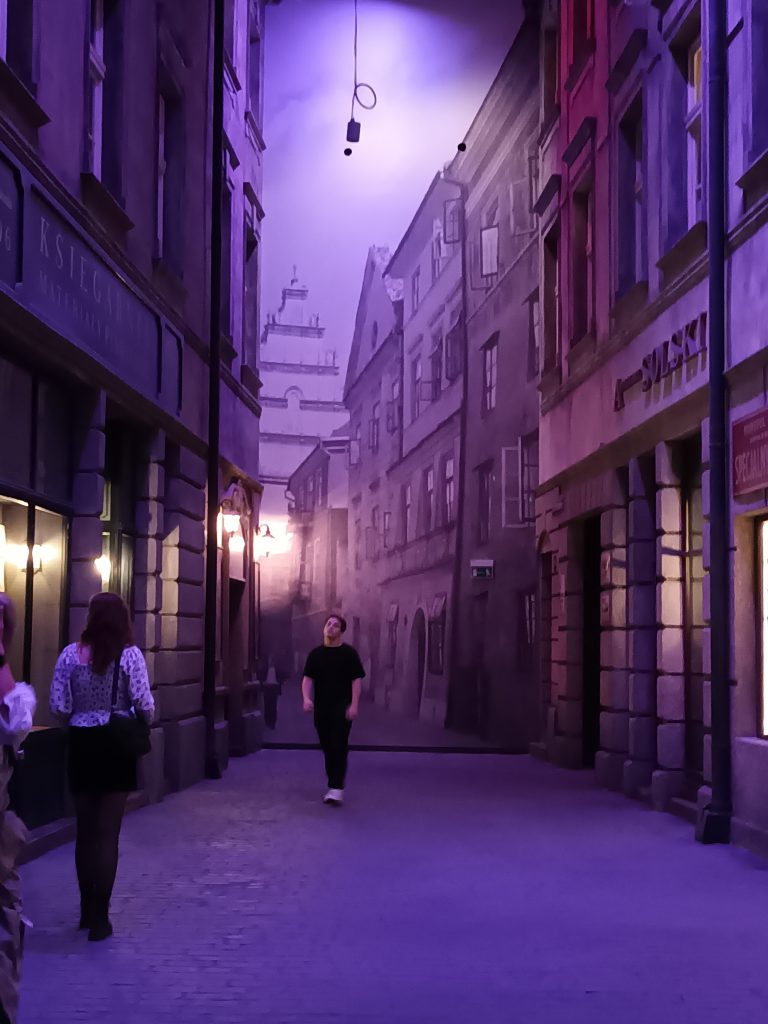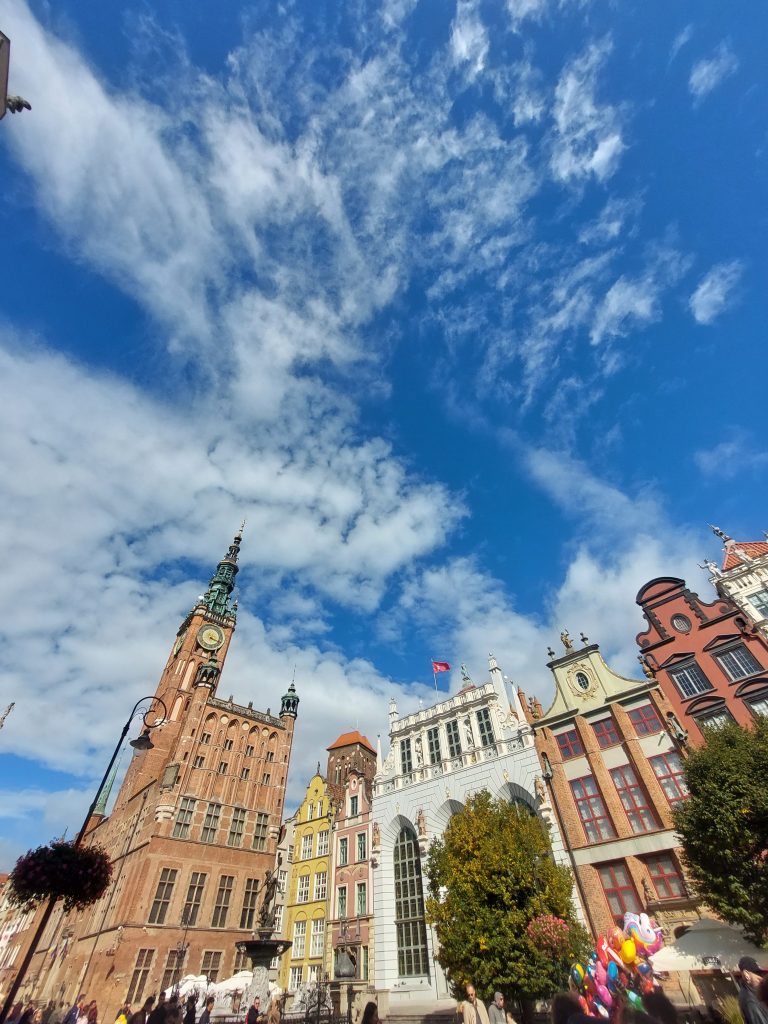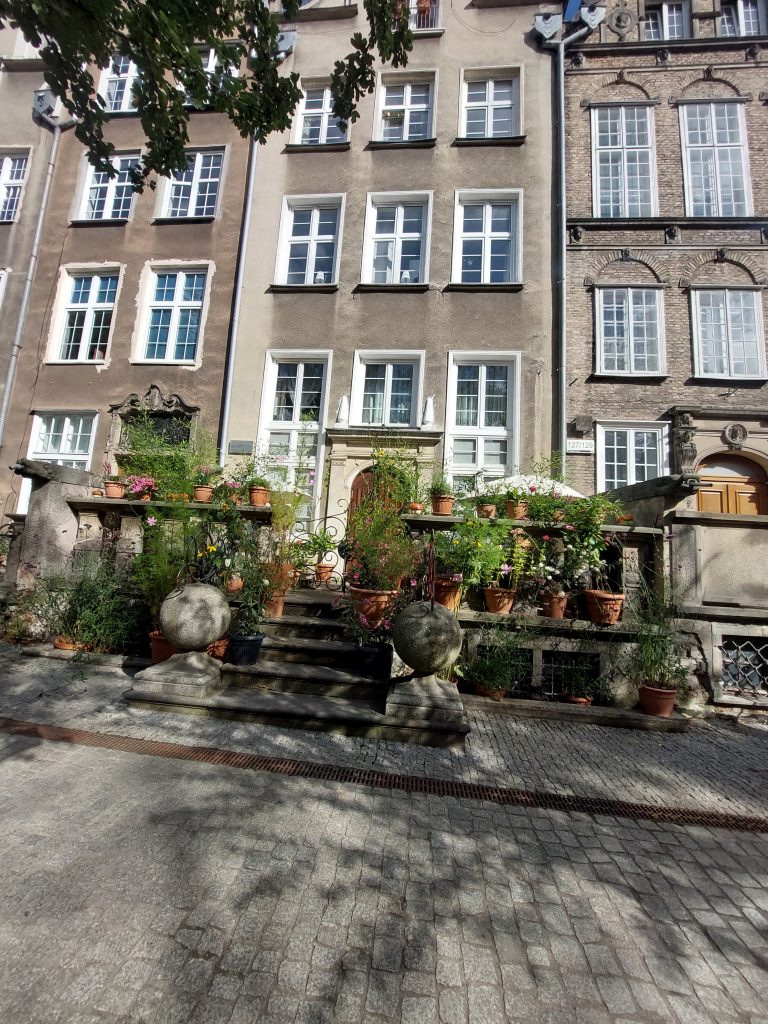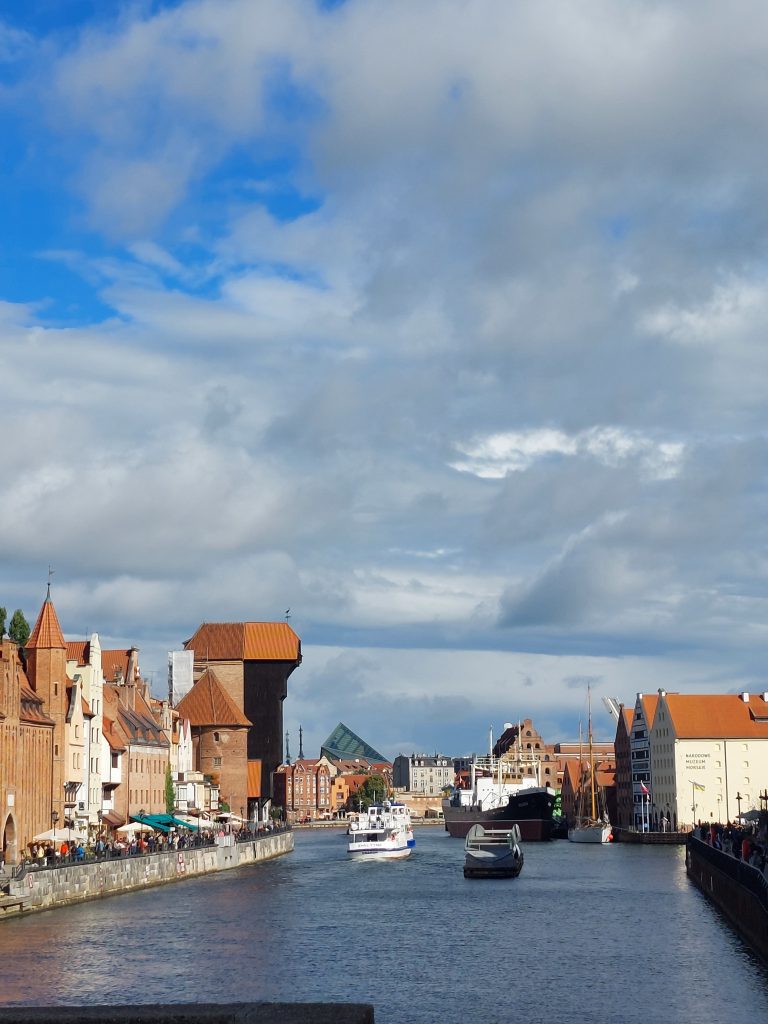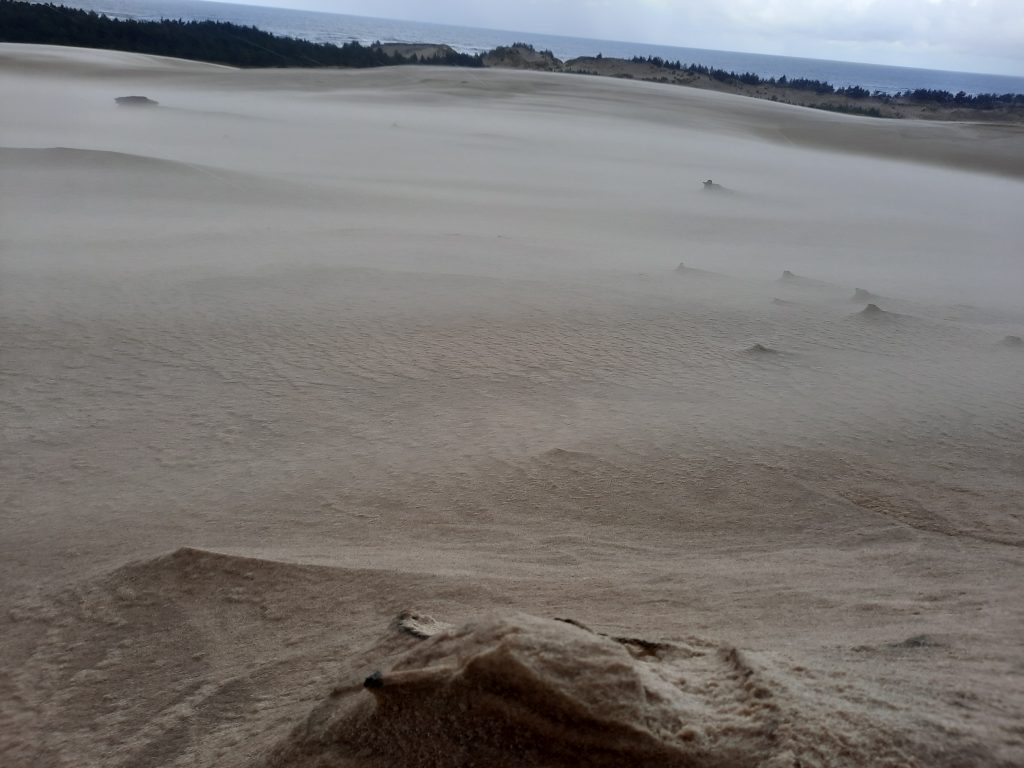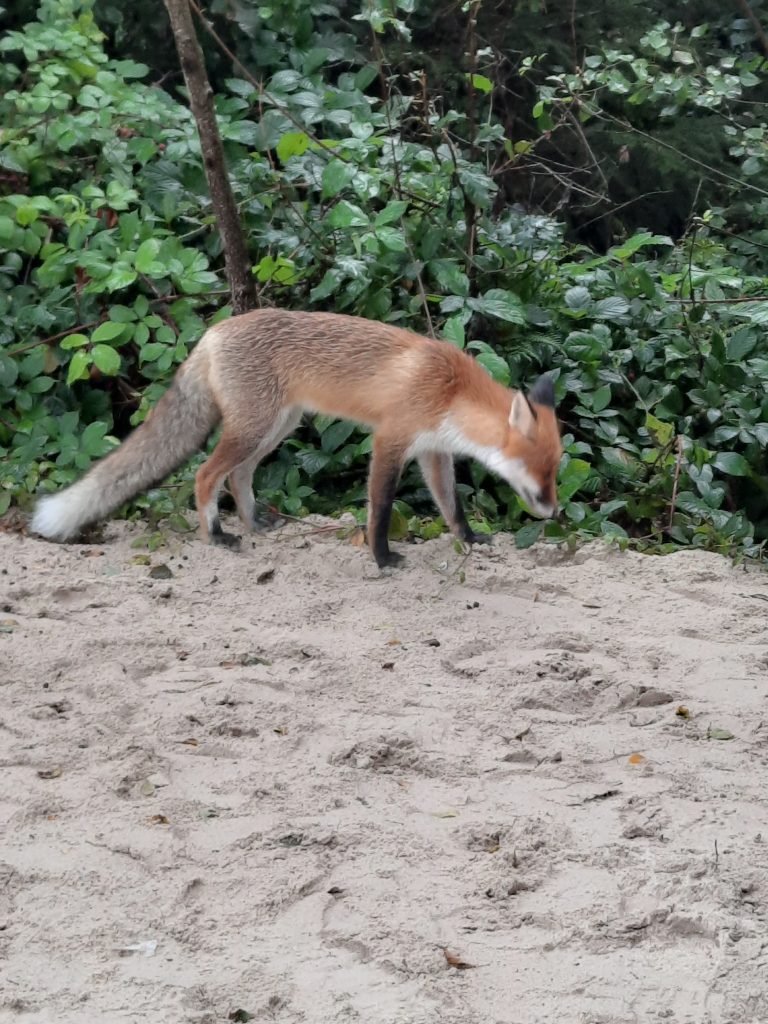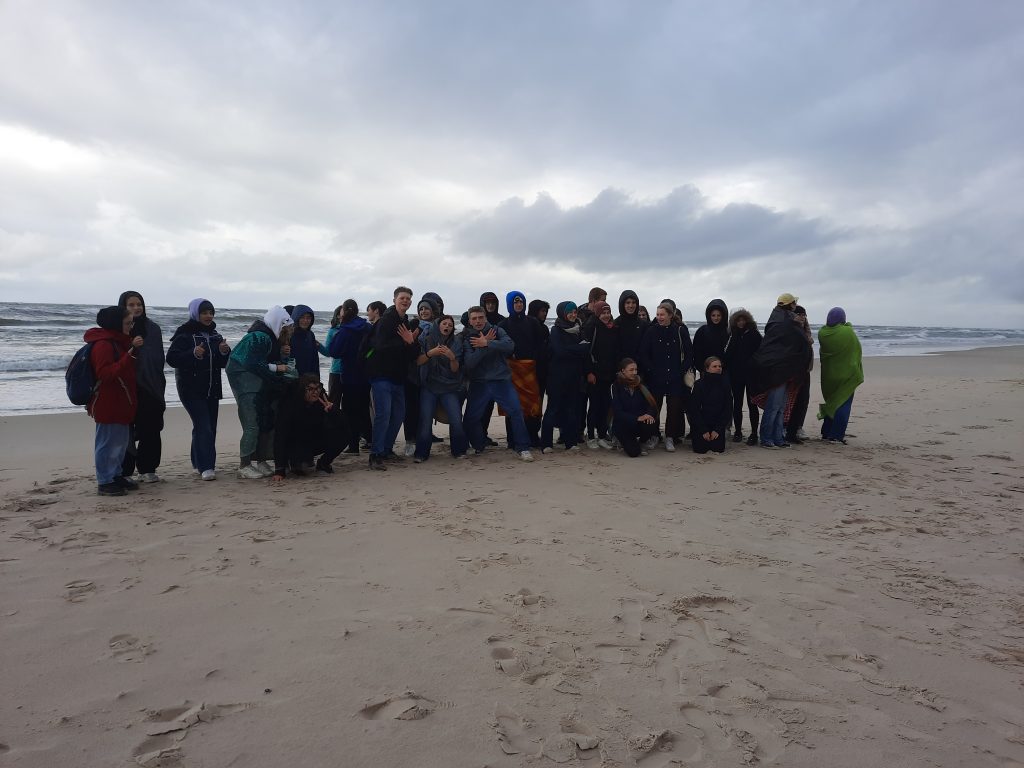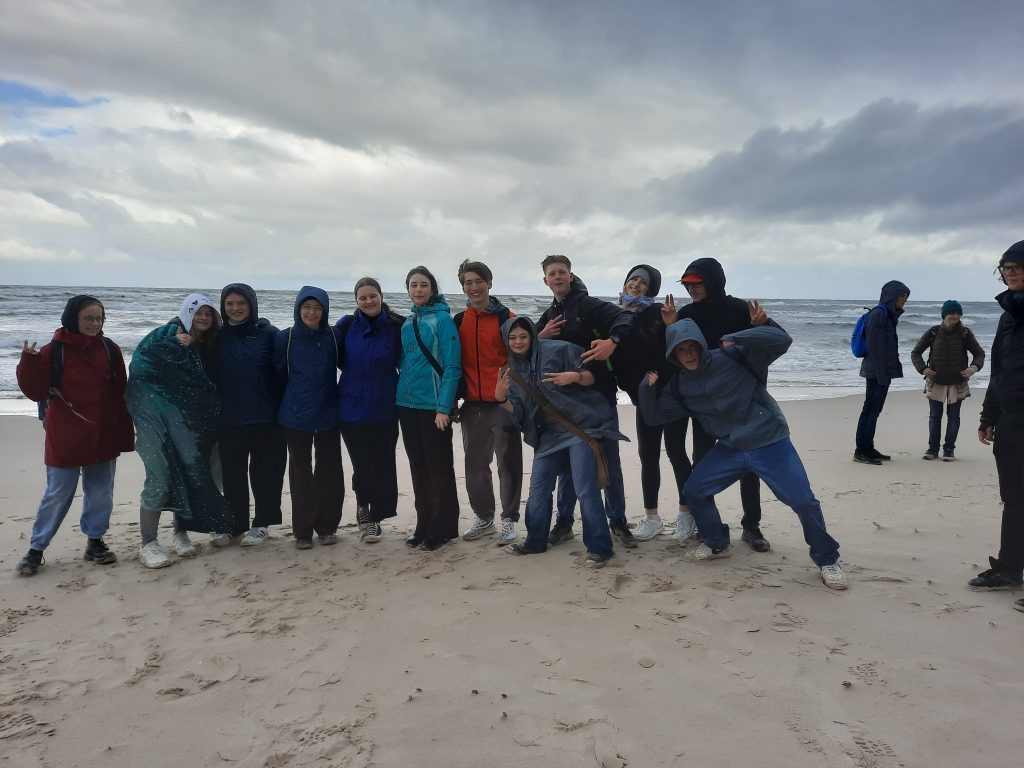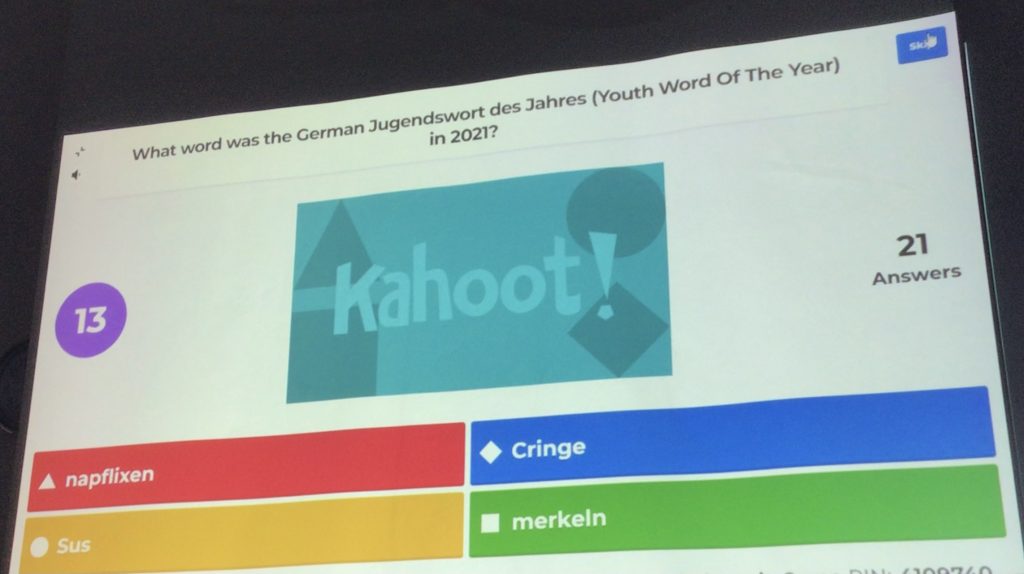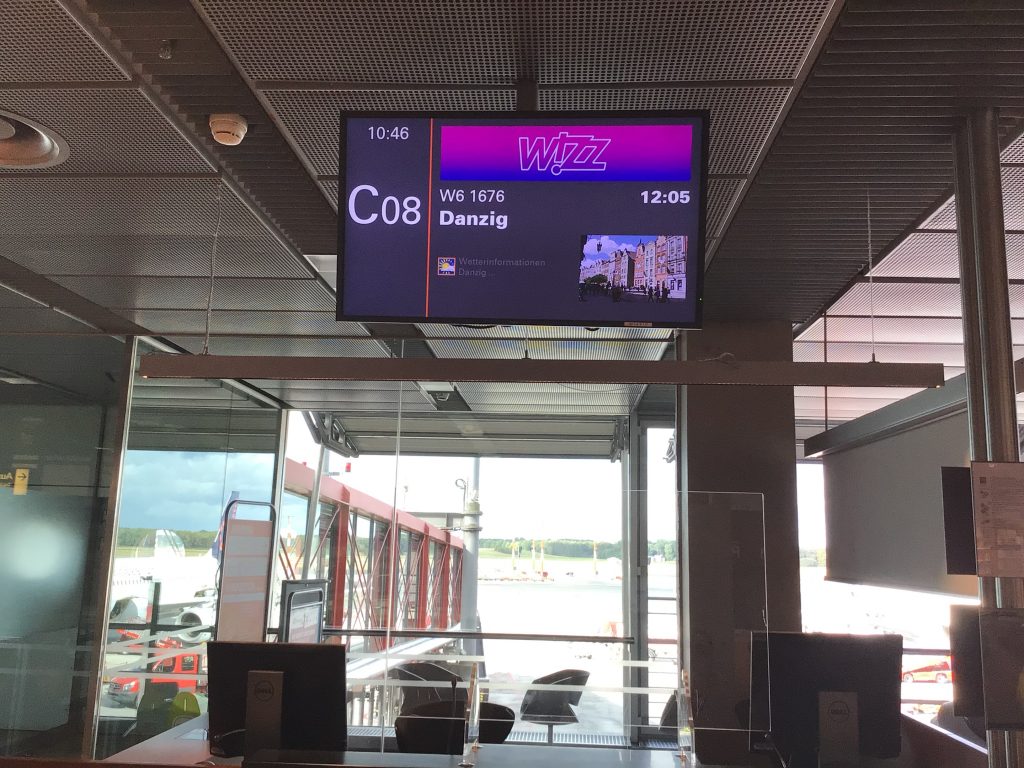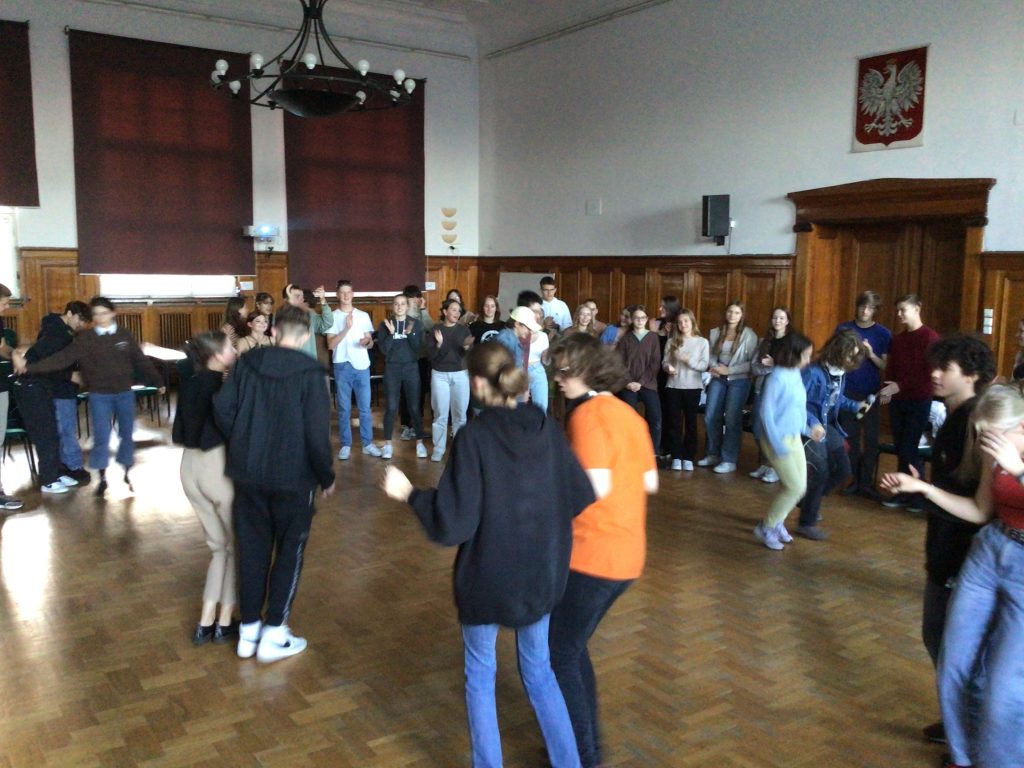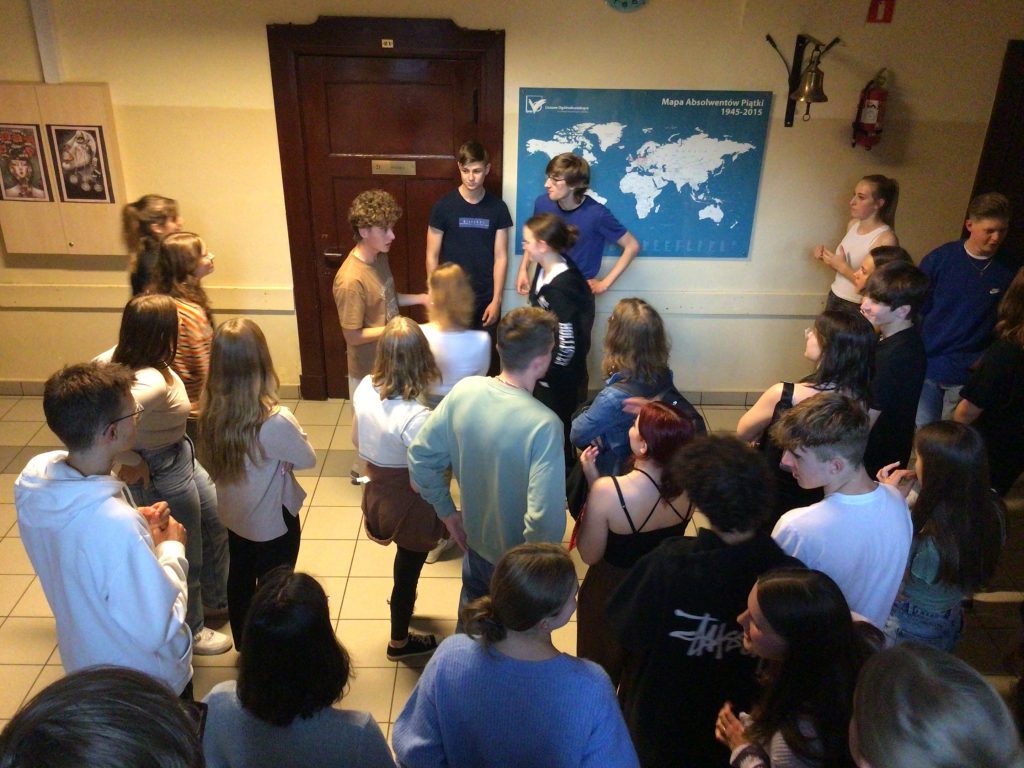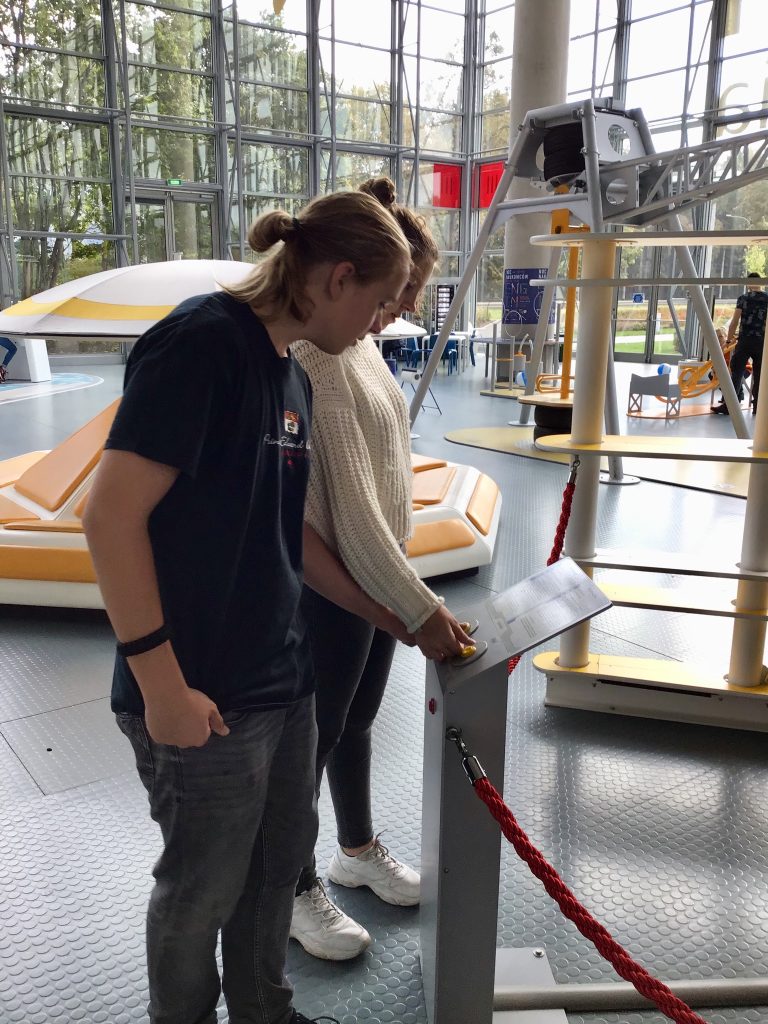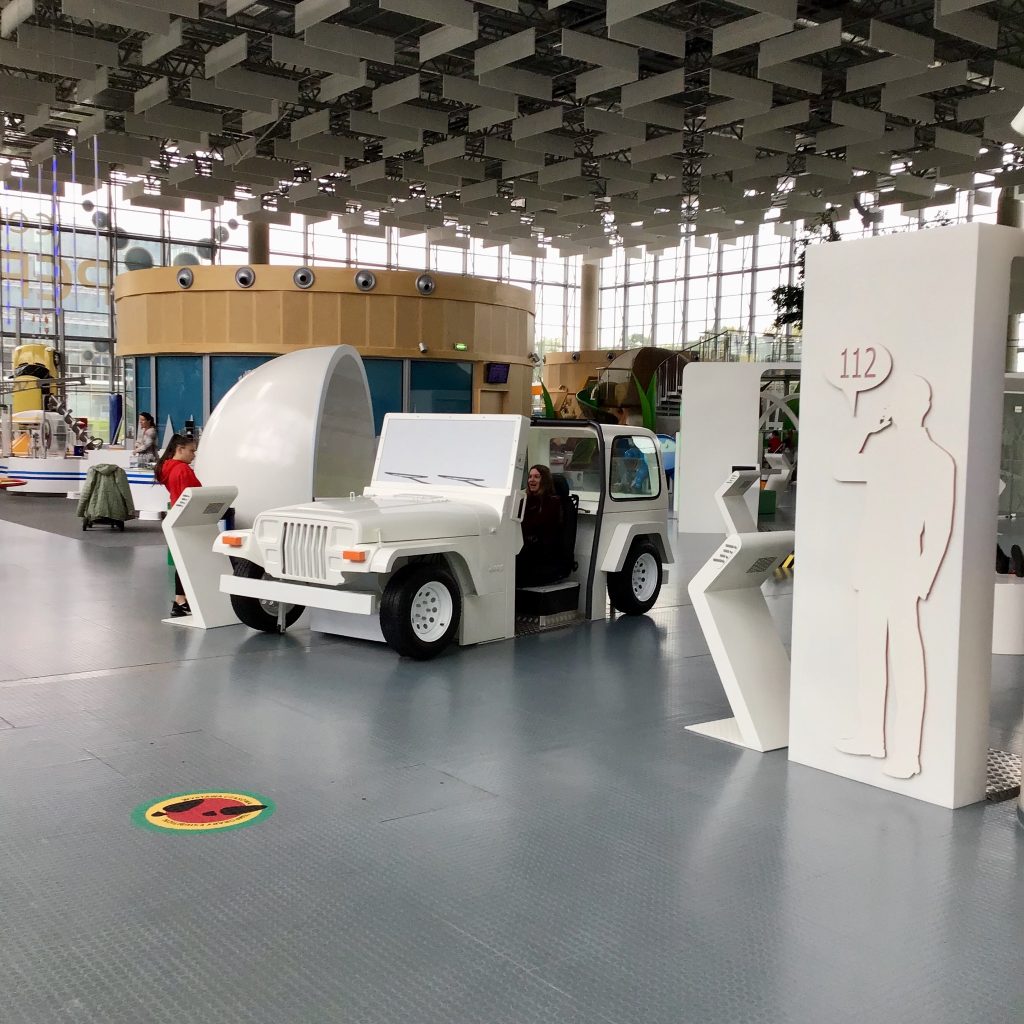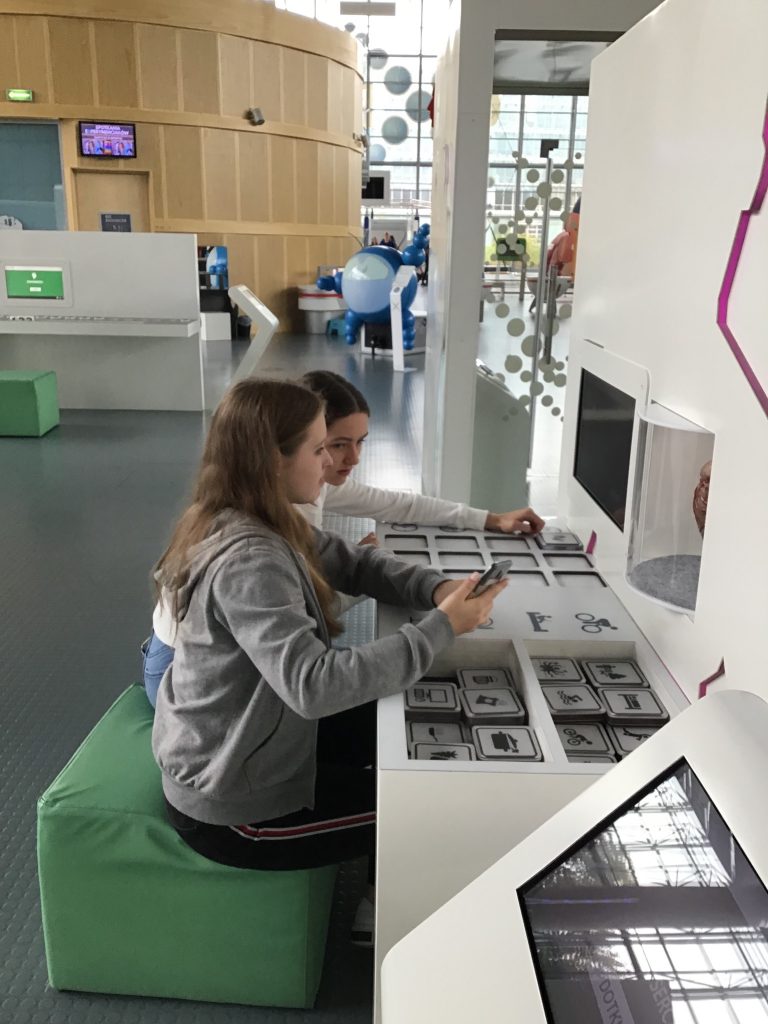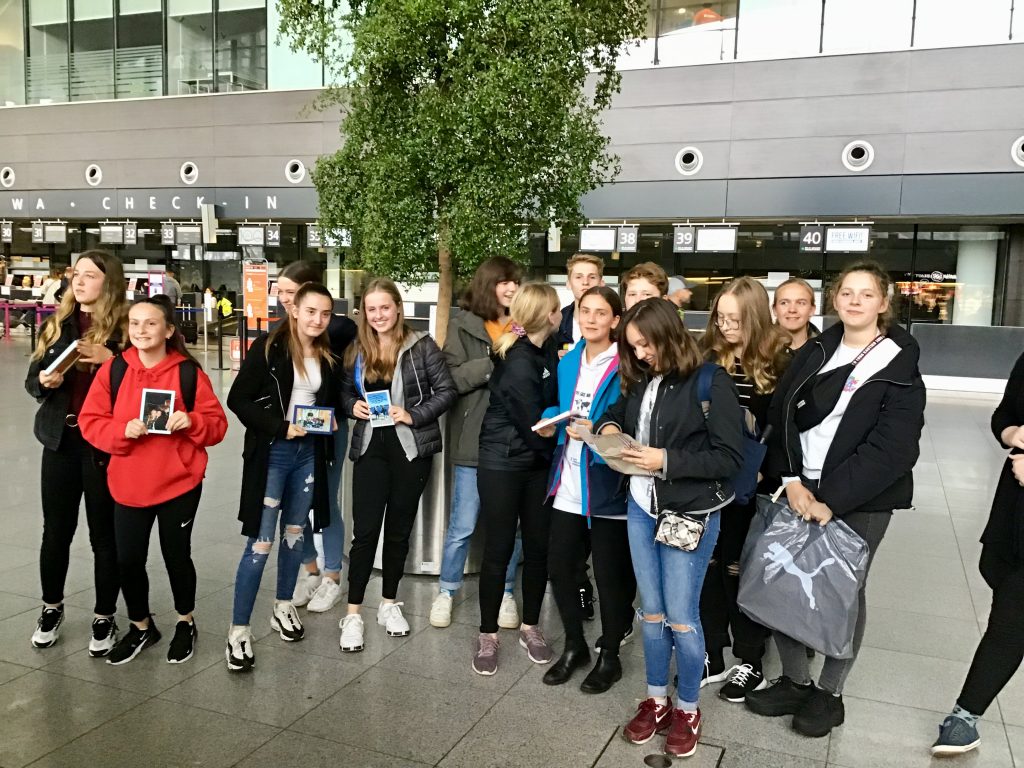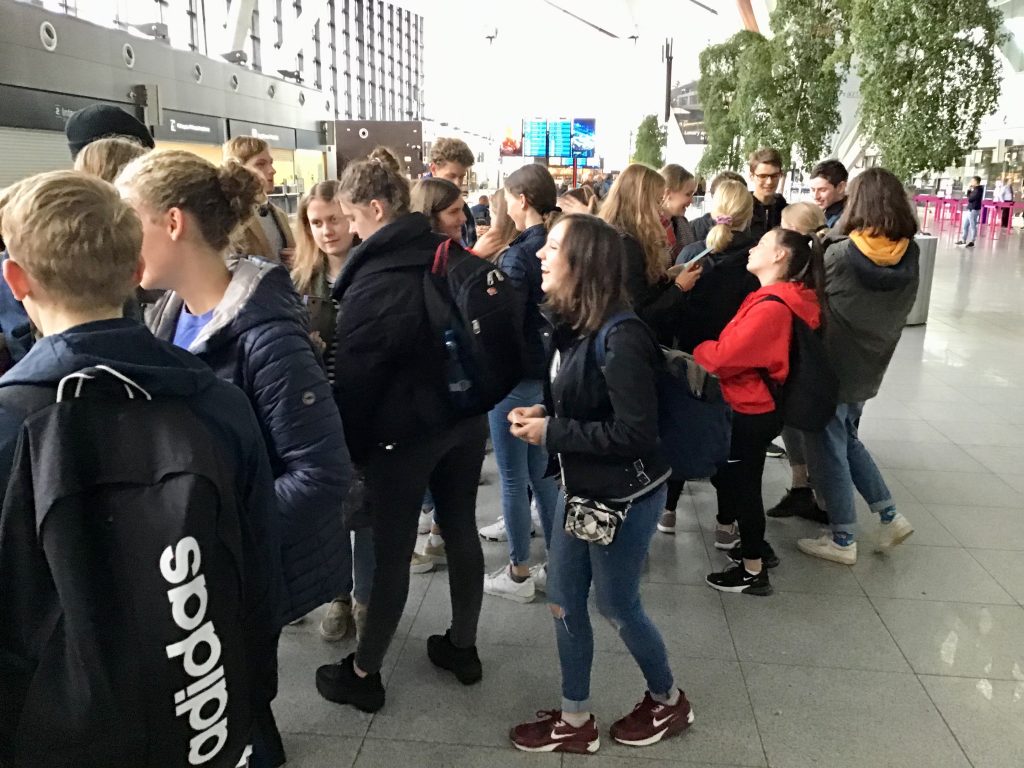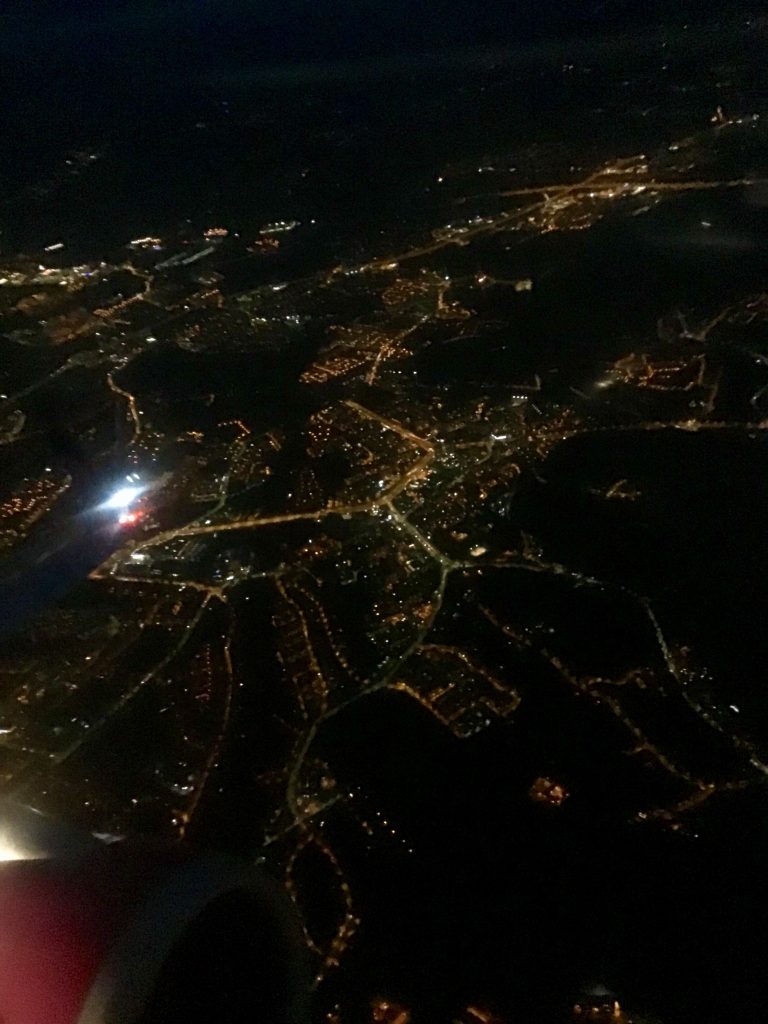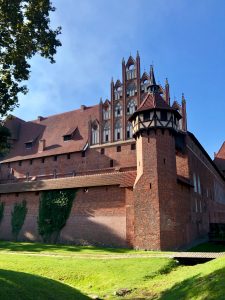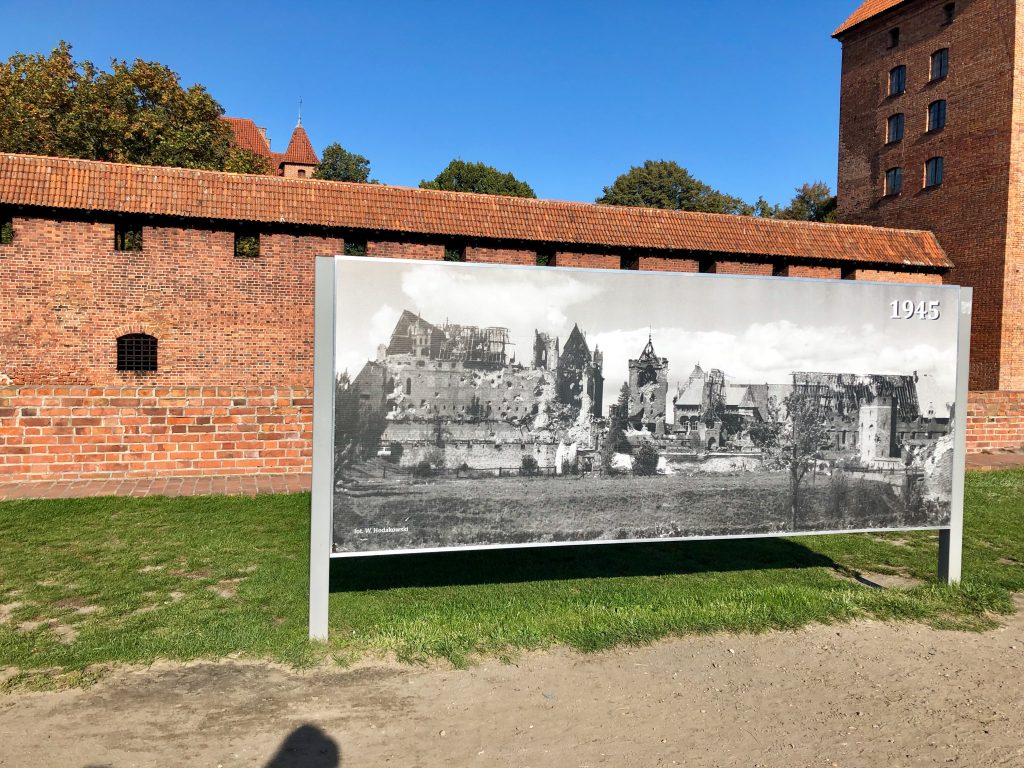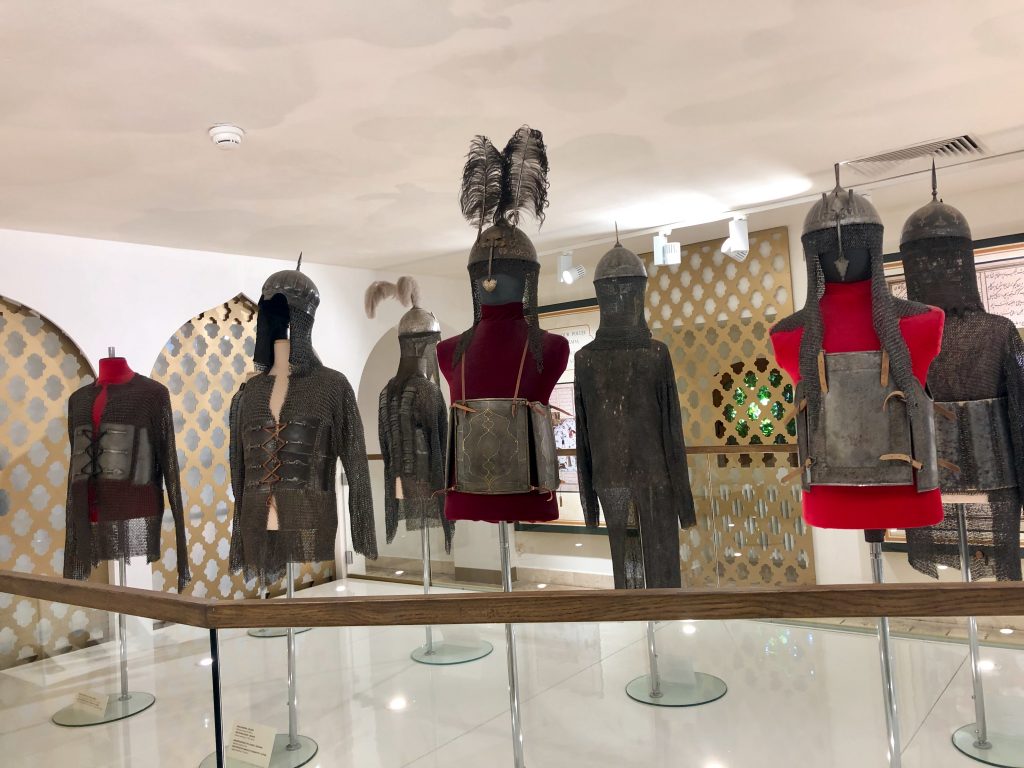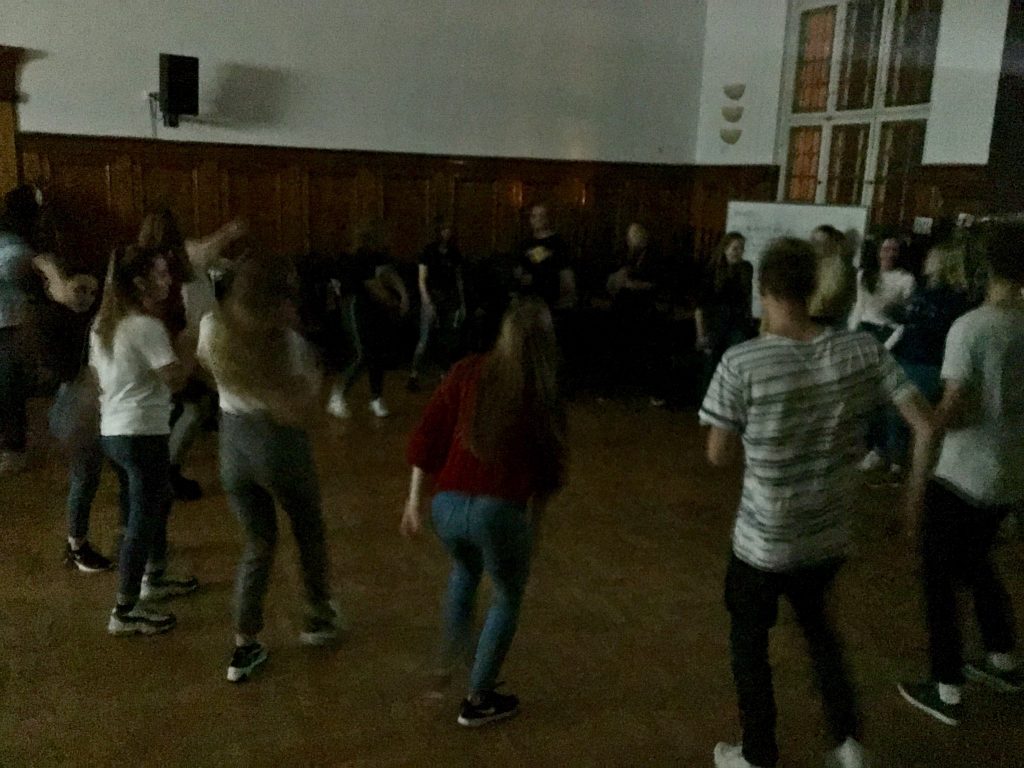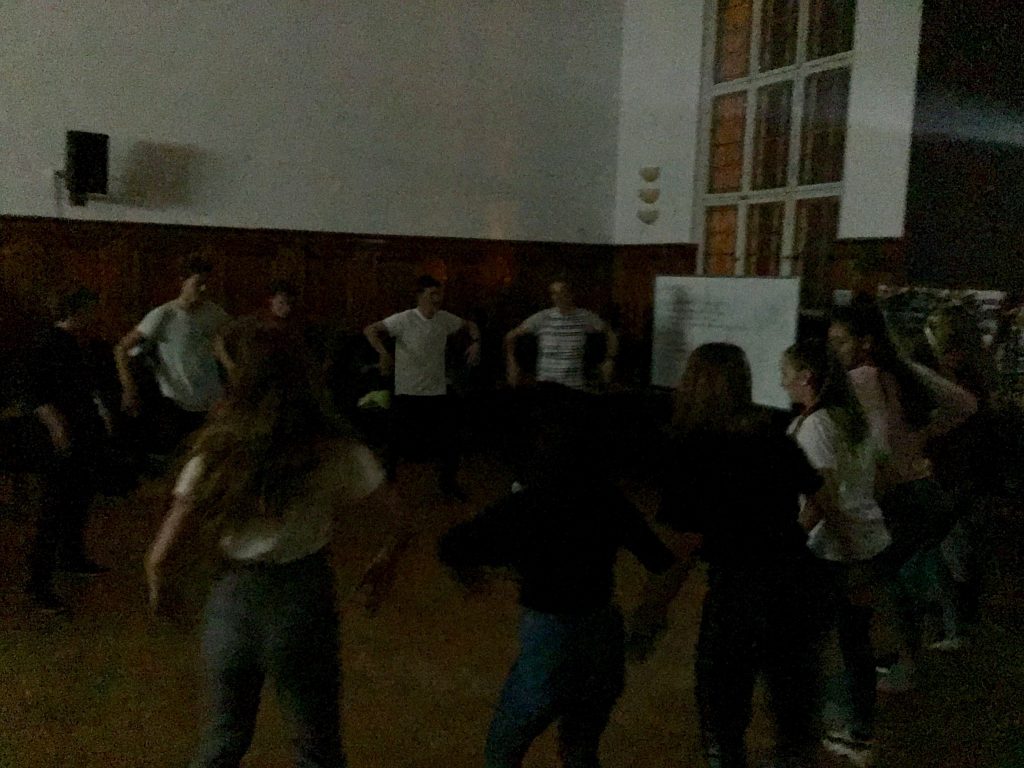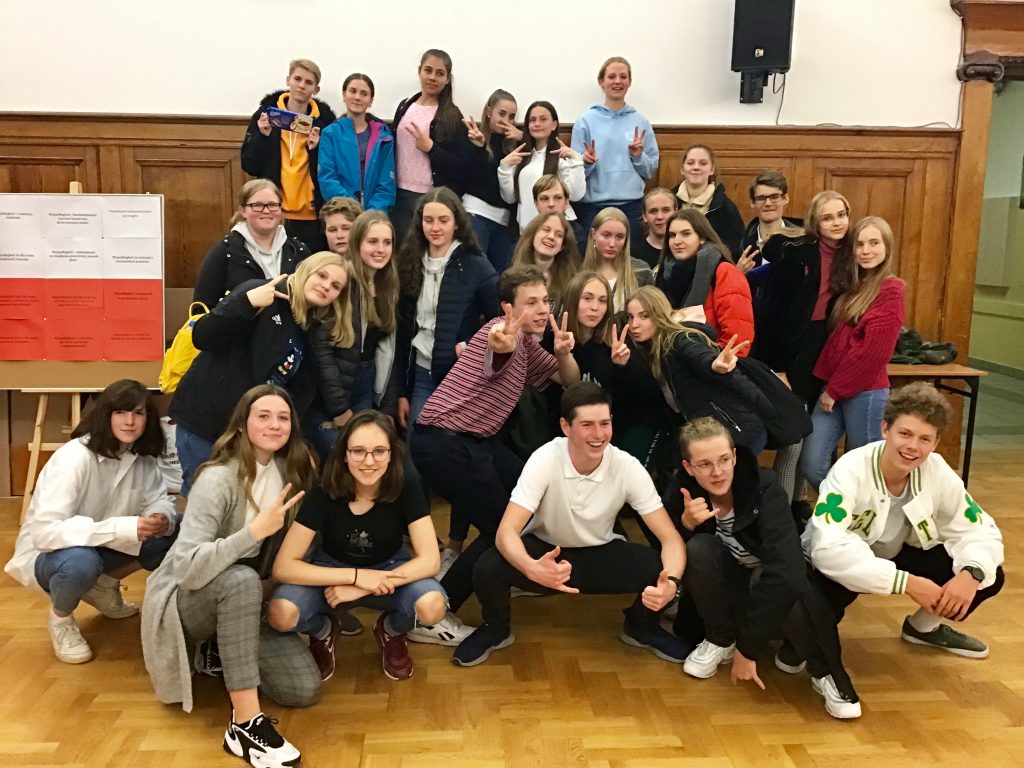4.4.
Near evening, the Polish exchange partners arrived, and we warmly welcomed them. After picking them up, we headed to our school where we had a quiz with various categories, ranging from naming famous German or Polish landmarks to a round of „guess the song“. Following the quiz, we took our Polish exchange partners to their homes.
On our way home, we bought some pizza and enjoyed a lengthy and pleasant conversation. Overall, it was a successful first day, fostering camaraderie and cultural exchange between our groups.
5.4.
Today we spent time in the Klimahaus and learnt about people around the world on 8° longitute. Their ways of life differed imensely but they all told about the impact of climate change.
We also tried to do a team quiz but due to limited internet access only few groups succeeded.
In the afternoon we went shopping for the cooking challenge in the evening. We prepared starters, main courses and deserts in the schoon‘s kitchen and had a lot of fun tasting each others‘ meals! Team red was the evening‘s winner. The prizes were aprons so we could continue our new hobby cooking at home 🙂
Some of the group also went to an icehockey game of the Pinguings who battled for a place in the finals.
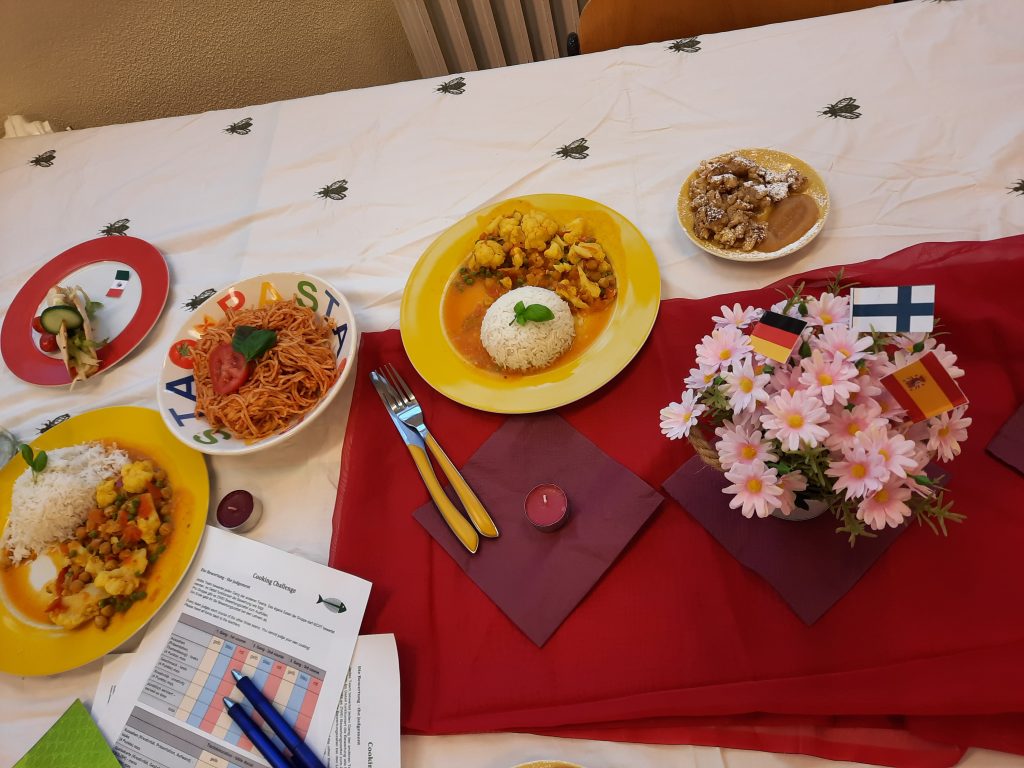
6.4.
Our day started at 8 a.m., with meetings at Lloyd Gymnasium. From there we took a bus to Cuxhaven, to the catamaran. There the catamaran dropped off and took us directly to Helgoland. For many of us, the ride, through the swell, was comparable to a roller coaster ride.
Once in Helgoland, it started right away, with the tour. We have learned a lot here, such as that the seals that live on Helgoland are the most dangerous animals in Germany, or that Helgoland has not always been a part of Germany.
During the tour we were able to discover a lot of Helgoland, including going to the beach.
After that, we had free time for ourselves on Helgoland before we went back to Cuxhaven by the catamaran. It was a great trip, and also a new experience for many German students.
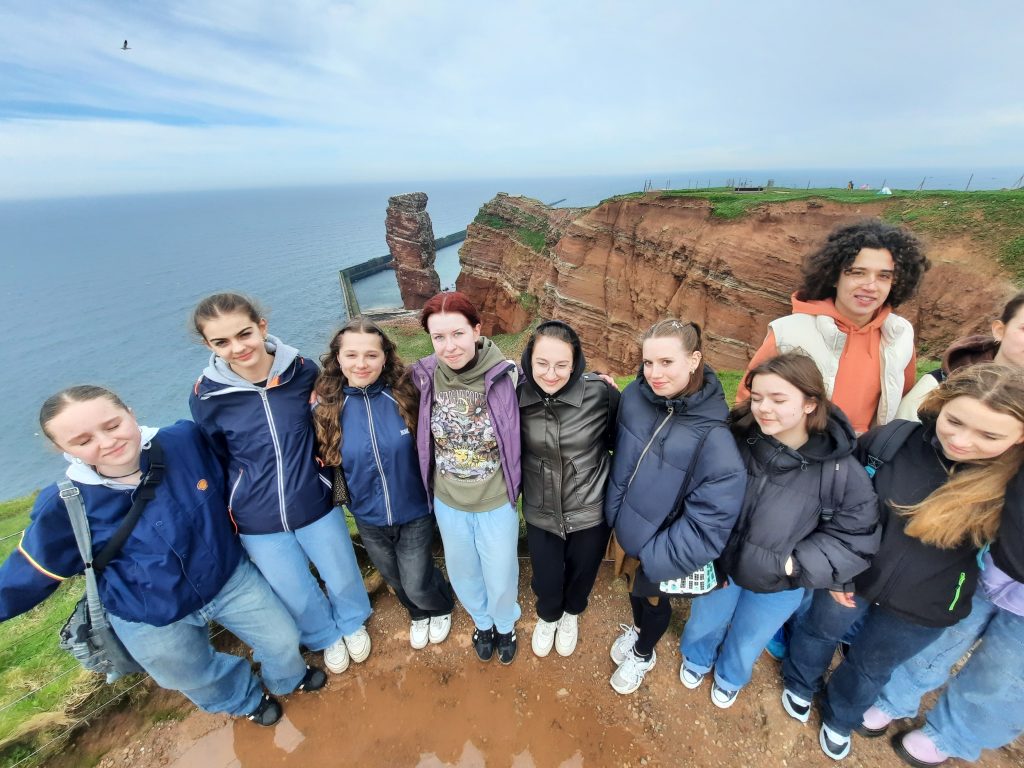
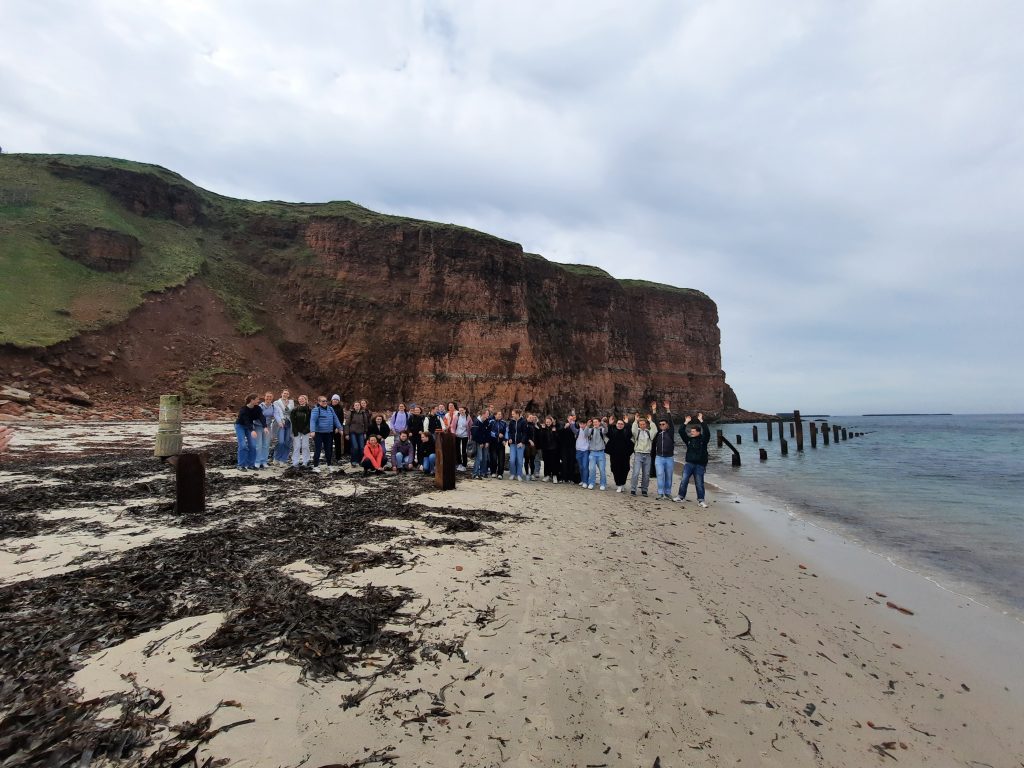
7.4.
On sunday we had an amazing family day in the city! We had ice cream in the Mediterraneo which gave the visit a feeling of bella italia before we walked by the dyke and did some shopping. Later, we went bowling with our Polish partners and had a dinner with some delicious burgers. Afterwards we took a walk in the park and showed them around in our neighborhood. In the evening, we enjoyed a scenic tour of the dyke in Imsum and the harbour, what was quite interesting seeing the ships with the lights in the evening. It was a day full of fun, laughter, and new friendships!
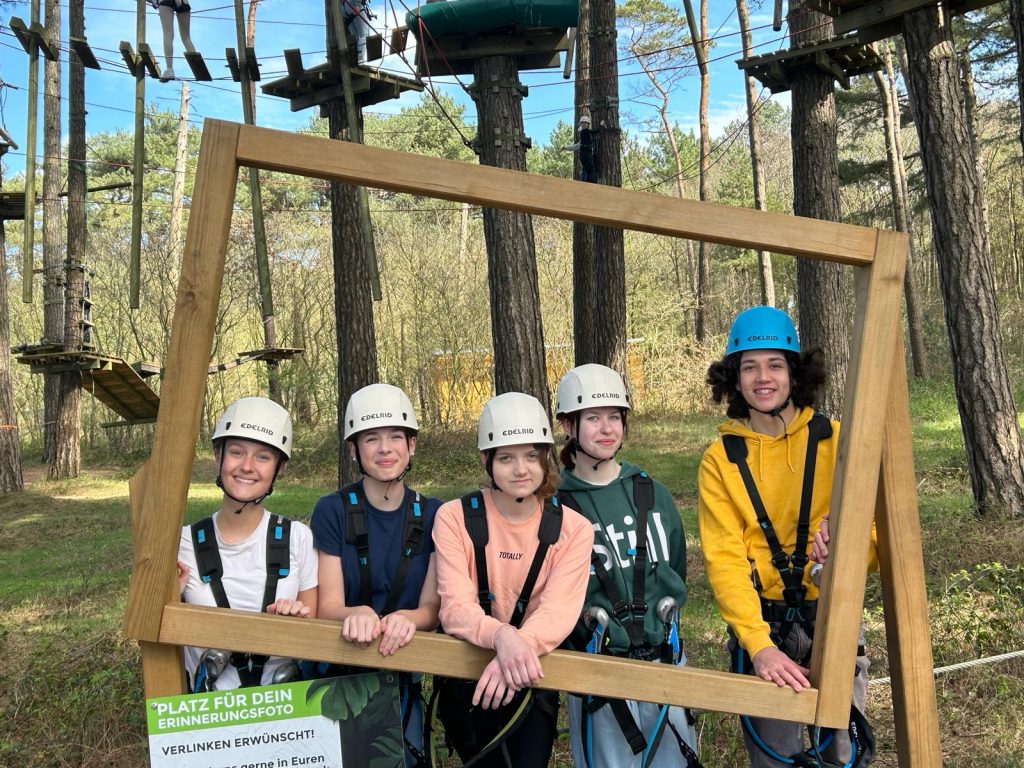
8.4.
Today we went to Hamburg and felt our way to the exhibition „Dialogue in the Dark“. It was very weired to feel our way around with stickes and we learnt a lot about the world of the Blind and how depended they are on support.
And when we went back to the train station we met a blind man who asked for help to find a certain address. And we described him how to get there by counting houses and describing their shapes.
9.4.
Today we all Met In front of the main train Station. At around 9:25 we we got on the train and made our way to bremen! As we arrived in bremen we made our way to the town hall on the way there we got to see a lot of bremen and it was quite nice to see the old buildings in the older part of town. There werre also many statues and symbols were a group of two people told us very unteresting and important facts or meaning about it. As we arrived in front of the town hall we went on to the geschichts house were the polish exchange students were first and we german students had free time. Me and my two good fiends went around the city of bremen were we looked around and bought different items after that we went to eat something and its was already time to meet with the people for the exchange. There we actually got to see the town hall from inside and even got a tour in it from tour guide! One part of a building was even 600 years old and is still used to this day by the mayor and senators! After the tour the polish students had their free time and the german students went to the geschichts haus. In the geschichts haus we got to see many people from different times in history it was like going back in time! All in all the geschichts haus wasa very fun and interesting exprience i havent experienced before and the city of bremenb was very fun to explore too. Then it was finally time to go home we got to the main train station of bremen wwaited for the train and drove about 45 minutes to bremerhaven main staion we were at the sation at about 18:45.
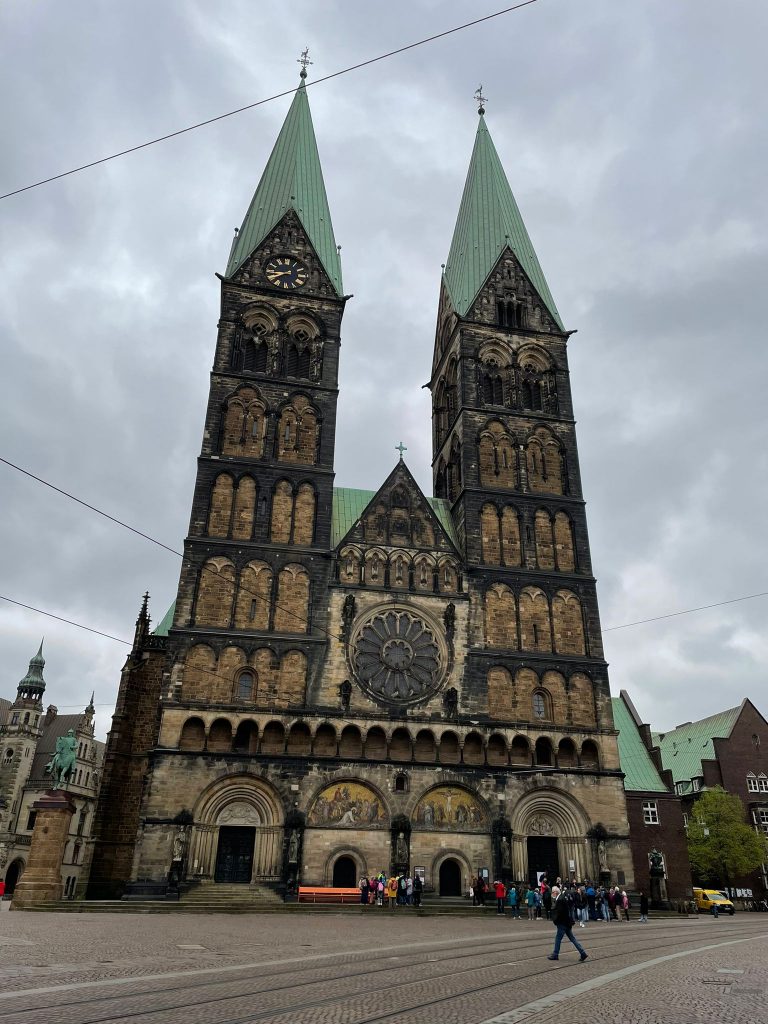
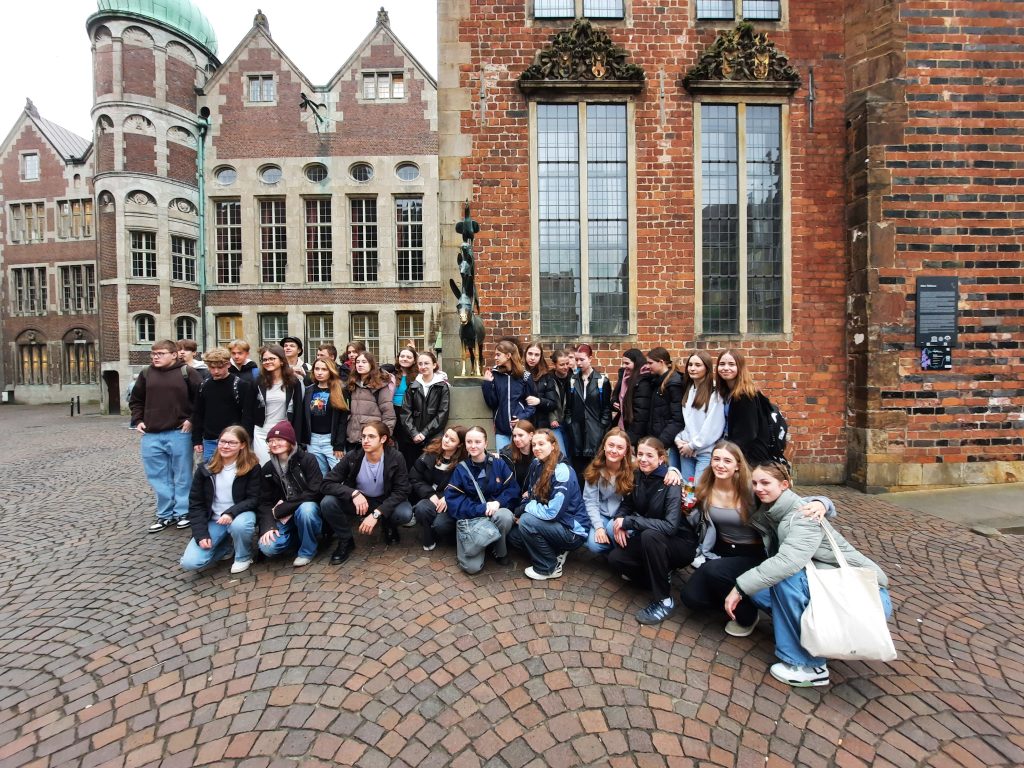
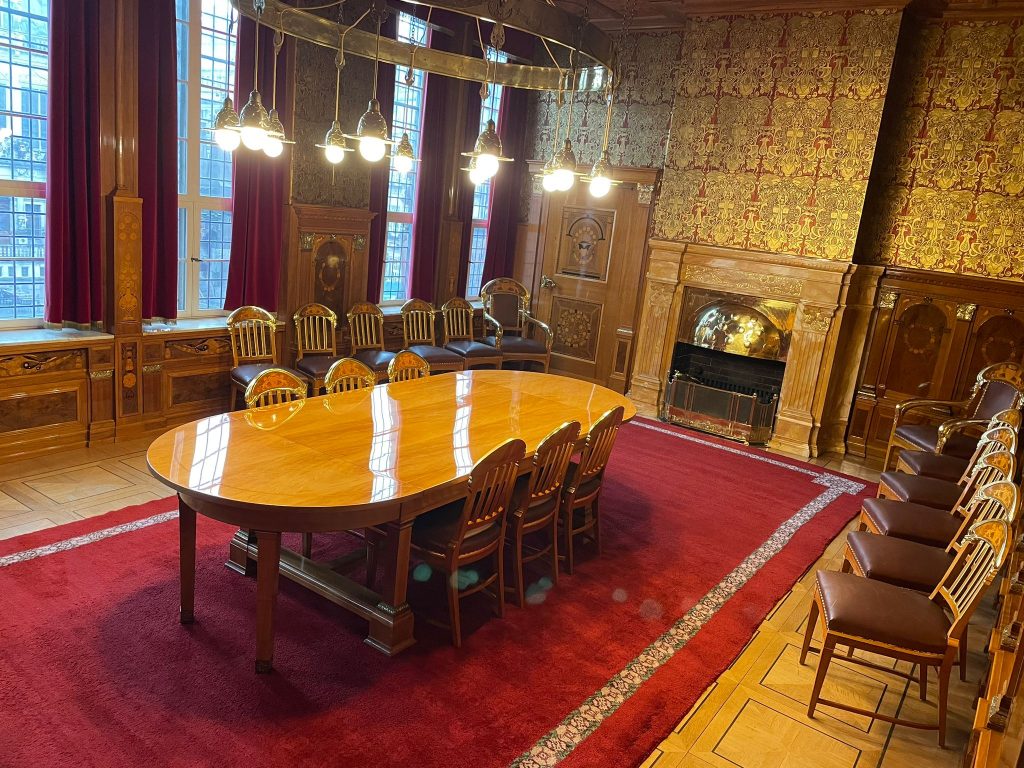
10.4.
Heide Park Day! The last day of the exchange 🙁 The park was nearly empty and we enjoyed all attractions several times! We also went in there in ever changeing groups of Polish and German students.
In the evening we had our final dinner together at “La Stalla” an Italian restaurant and told all funny stories of the exchange and planned the last evening without the teachers…
The Polish students gave us chocolate and a picture as a reminder of the lovely time together!
11.4.
Saying goodbye 🙁 But before that we met at the school again and got certificates for the exchange. All winners of the Klimahaus Rallye, the cooking challenge and the pub quiz got their prizes before it was time to go to the train station and hug each other for the last time.
Vielen Dank an das Deutsch-Polnische Jugendwerk für die finanzielle Unterstützung, ohne die unser Programm nicht so vielfältig und abwechslungsreich sein könnte.
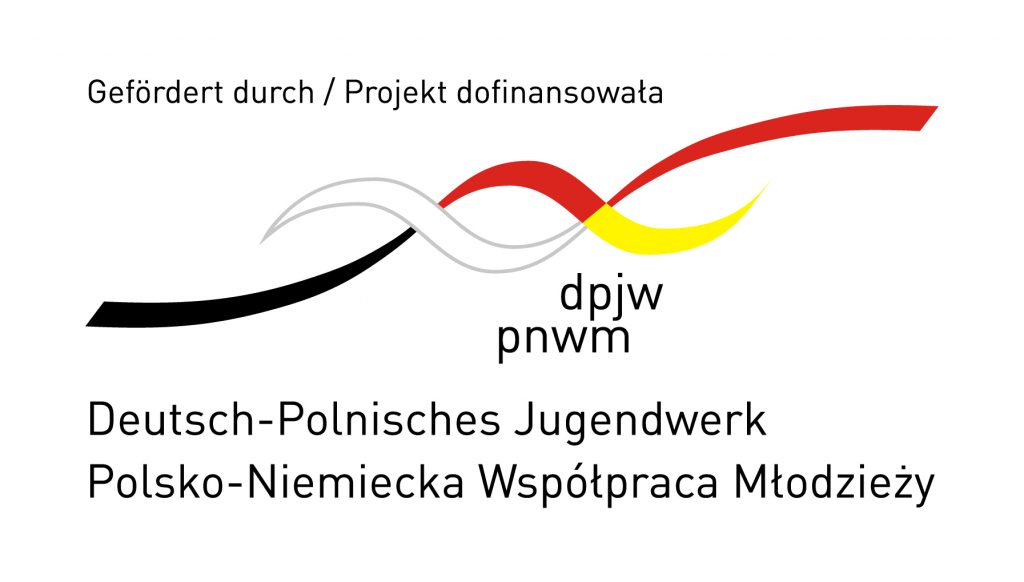


Ein Dank gilt ebenfalls Bremerhaven Bus für die Gästetickets und der Reederei Cassen-Eils.

